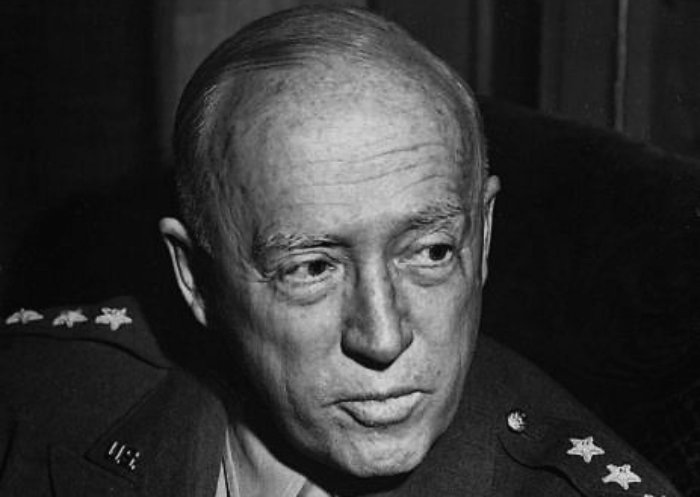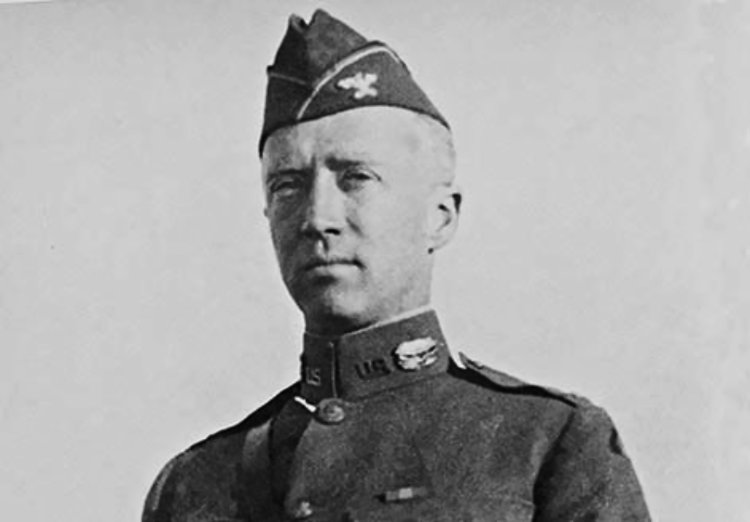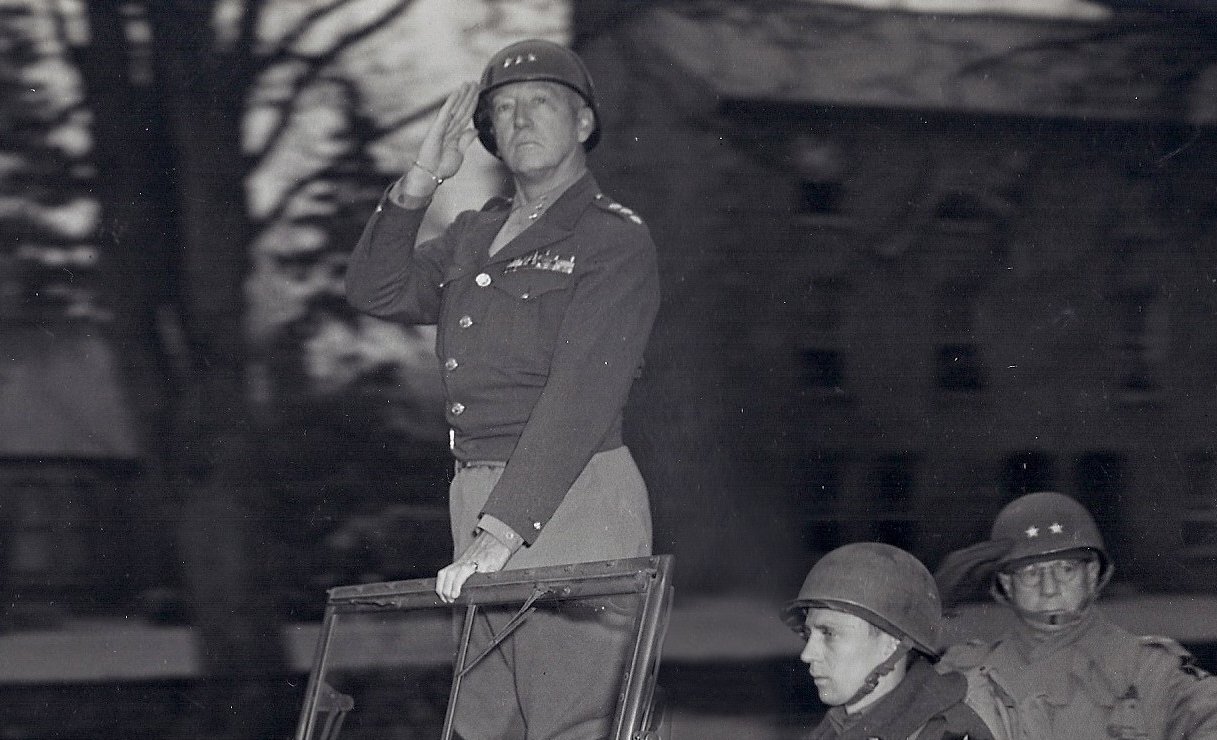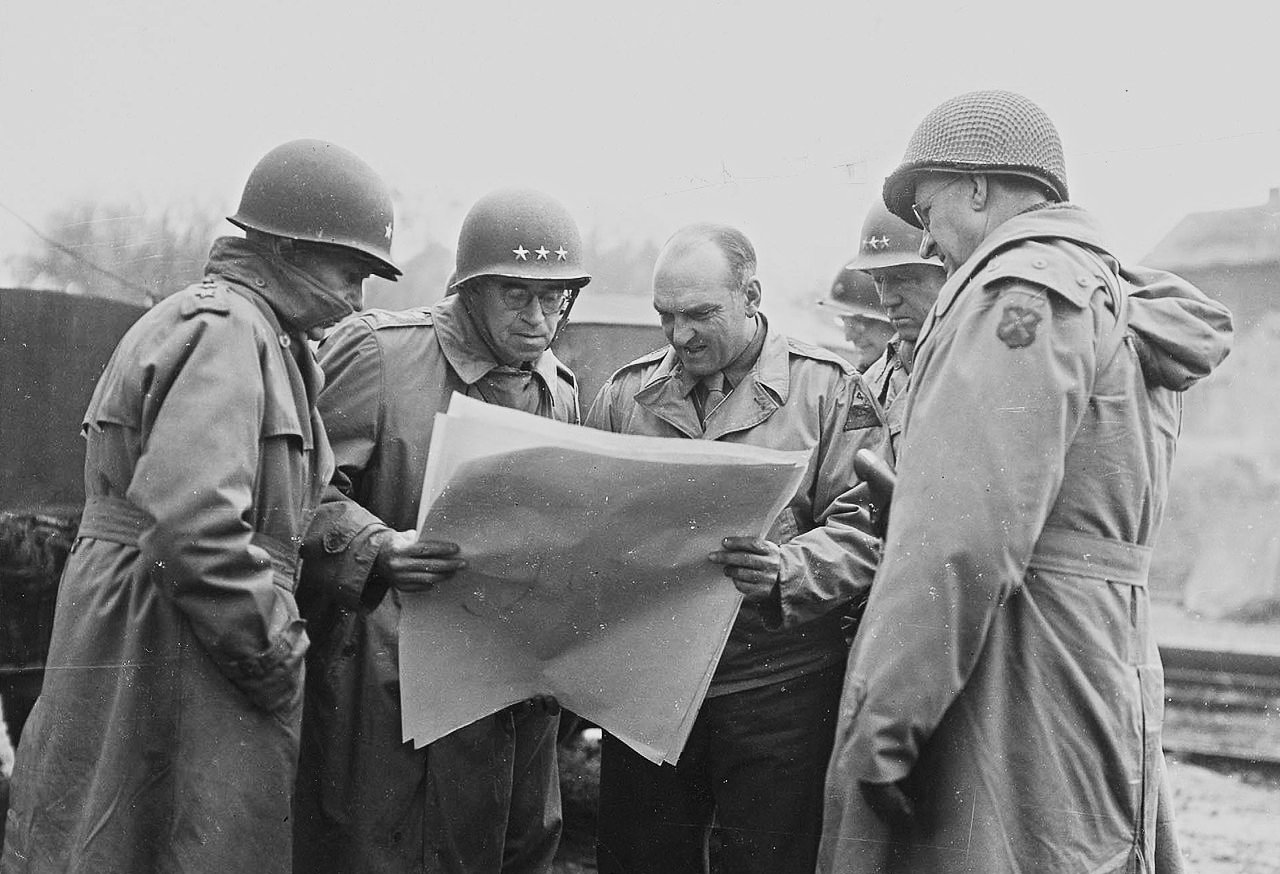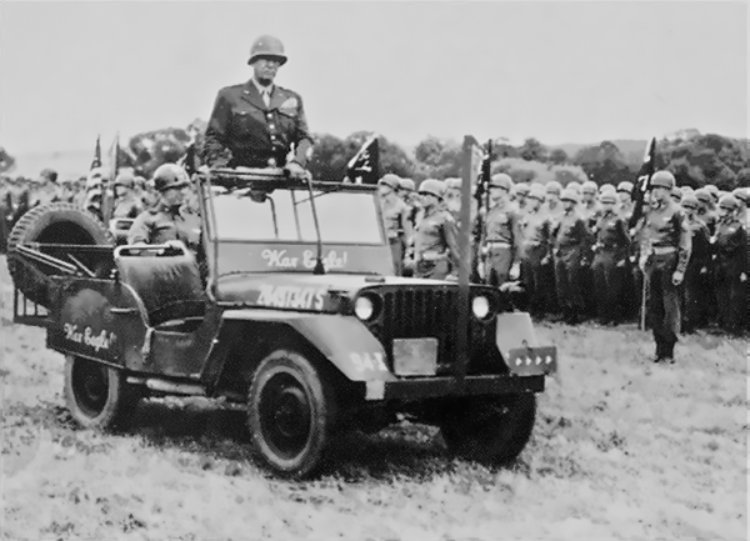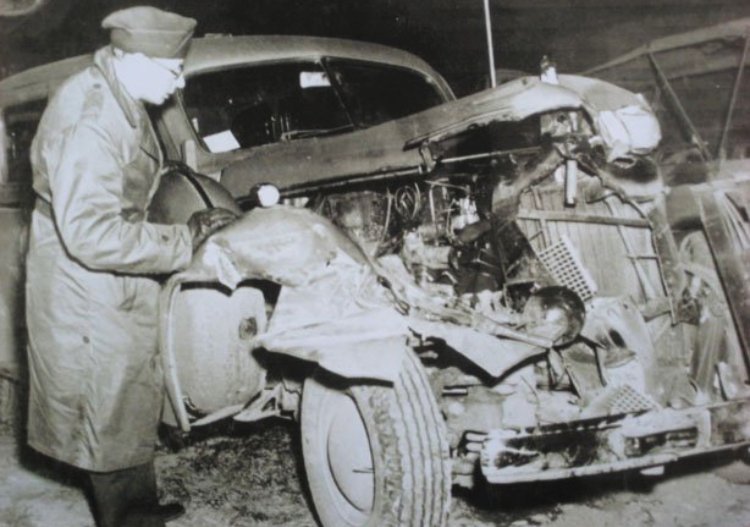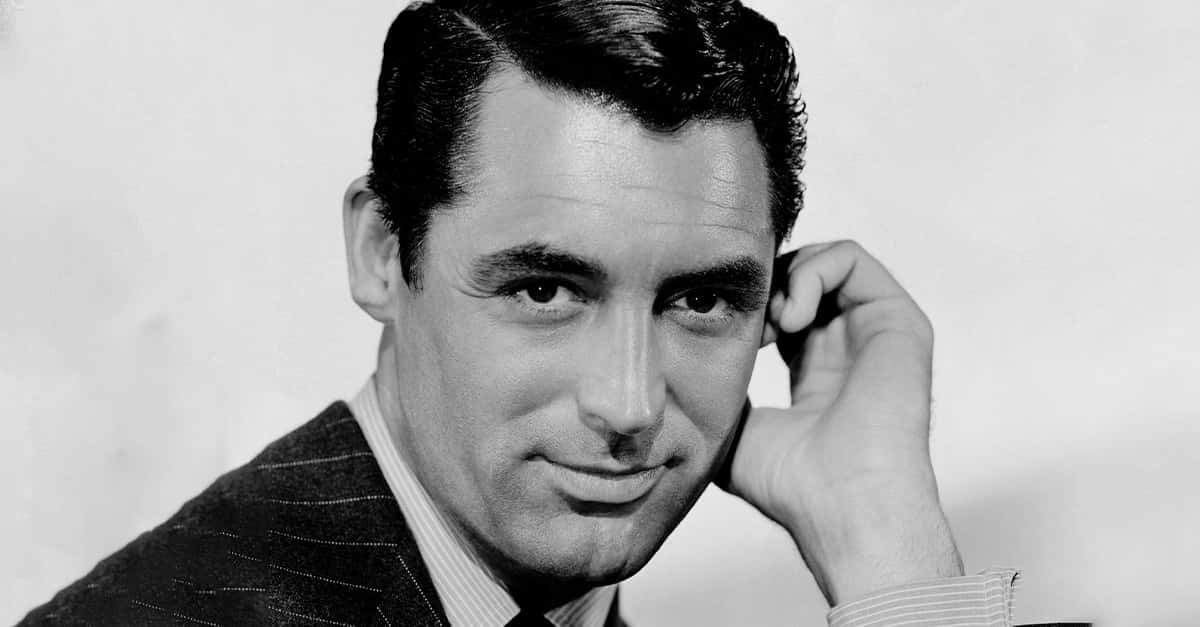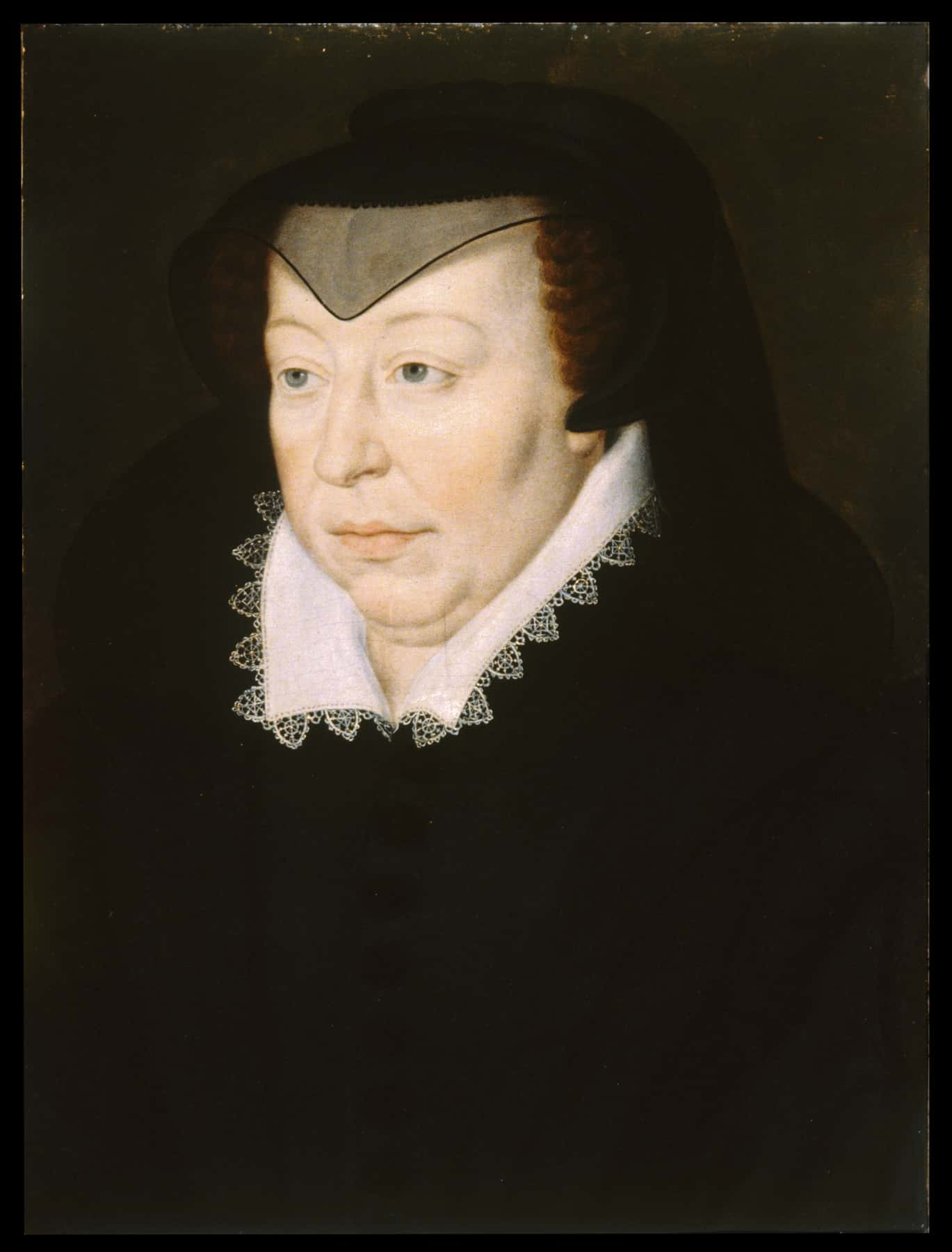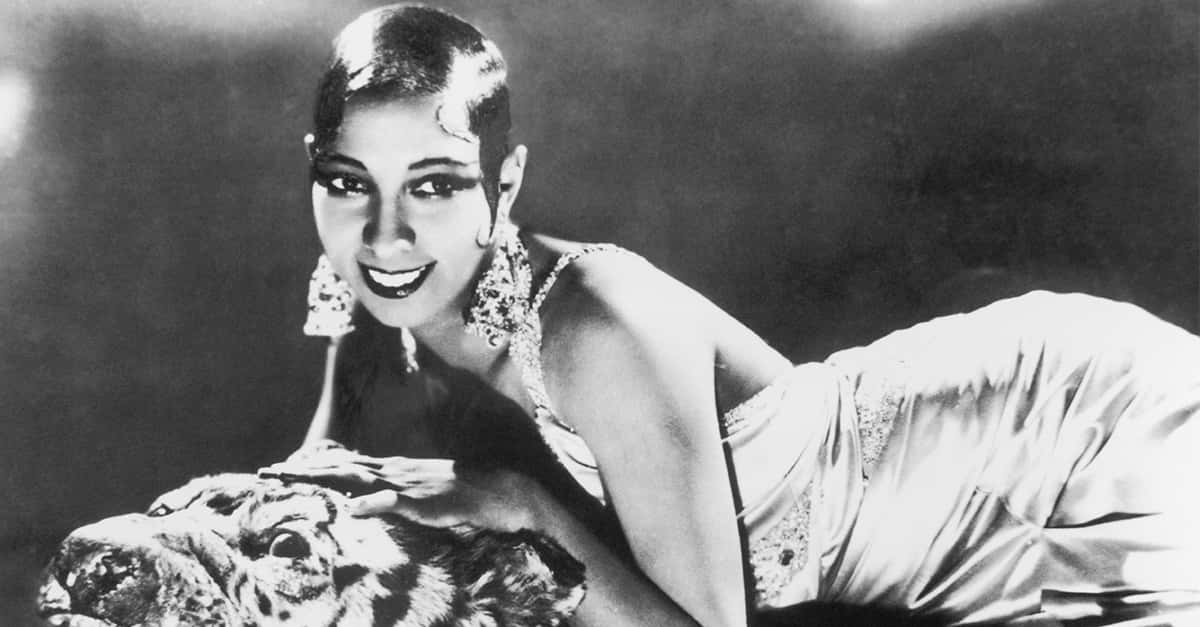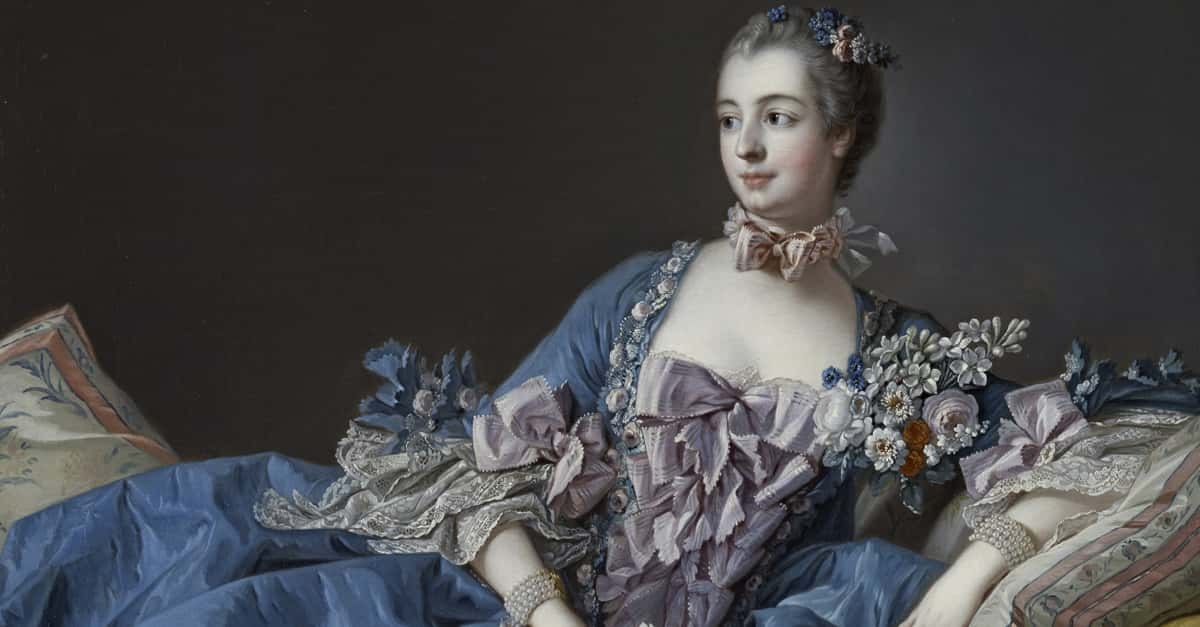A Man Of Strategy And Thinly-Veiled Egoism
General George Patton Jr was a true career serviceman, and he was able to leave an indelible mark on American and WWII history. But that doesn’t mean his career wasn’t riddled with egoism and the occasional dramatic failure.
Patton knew nothing but conflict—but as you’ll see, he was very good at what he did.
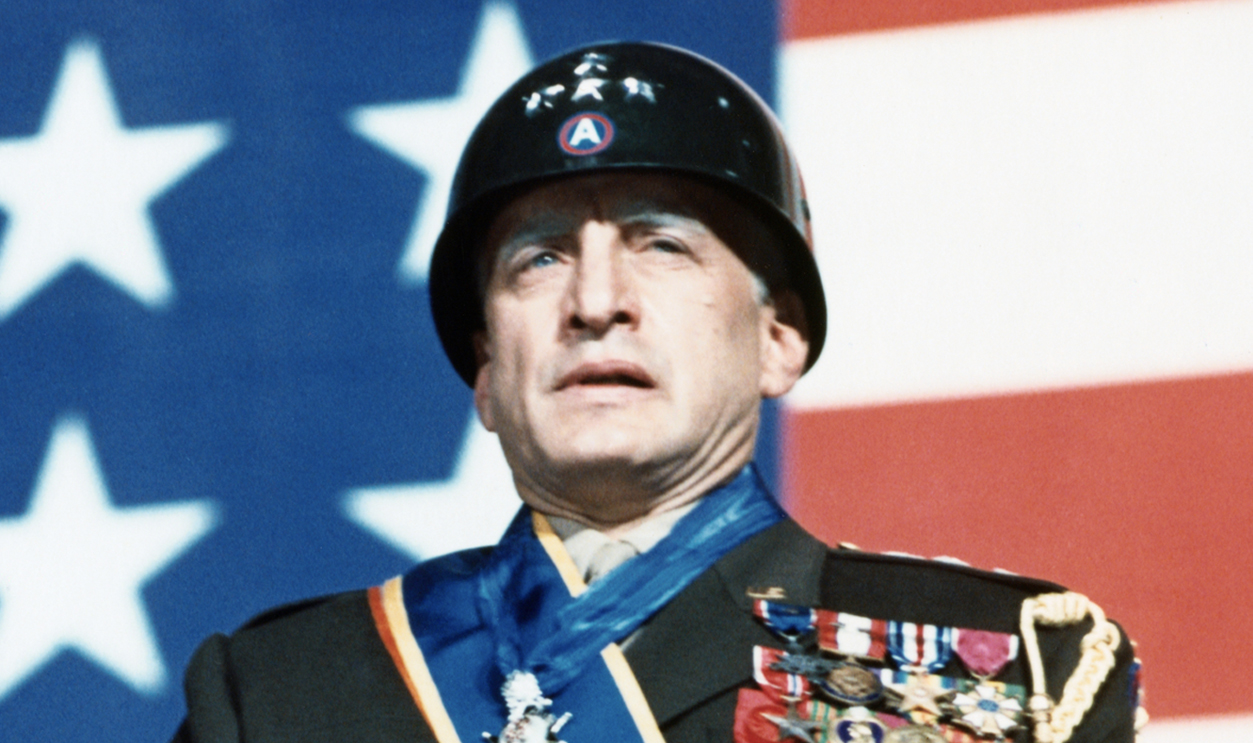
1. He Had Privilege Running In His Veins
George Smith Patton Jr was born on November 11, 1885, in San Gabriel, California. His parents, George S Patton Sr and Ruth Wilson had found their place in Los Angeles and lived a wealthy life in the area. They had a residence on 128 acres outside Lake Vineyard. George had one sister, Anne, who went by the nickname Nita.
But money couldn't fix all of young George's problems...
 Keystone Paris, Wikimedia Commons
Keystone Paris, Wikimedia Commons
2. He Wasn’t A Good Reader
Patton faced difficulties with his learning in childhood. During his homeschooling, he struggled to read and write. Some historians even speculate he had dyslexia. This arduousness could have left him unable to succeed at what he wanted to—but George Patton fought to overcome his inabilities by sheer will alone.
And it wouldn’t be the last time his intense resolve would come in handy.
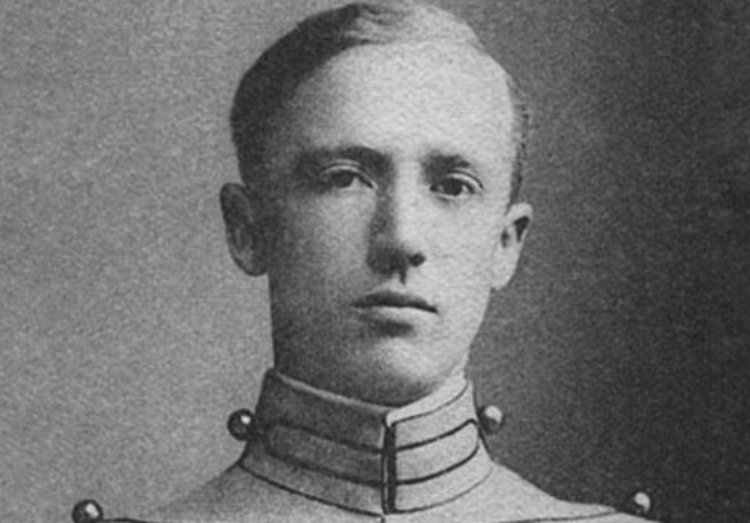 Unknown author, Wikimedia Commons
Unknown author, Wikimedia Commons
3. He Was Following His Father’s Footsteps
Patton focused his skillset to fulfill anything the Army needed. In addition to the US Military Academy, he also sent applications to universities that had cadet programs. Although the Ivy League Princeton University accepted him, he forwent this school in favor of attending the Virginia Military Institute (VMI).
Both his father and grandfather had attended, and Patton decided to keep up the family tradition. Needless to say, the decision worked out for him.
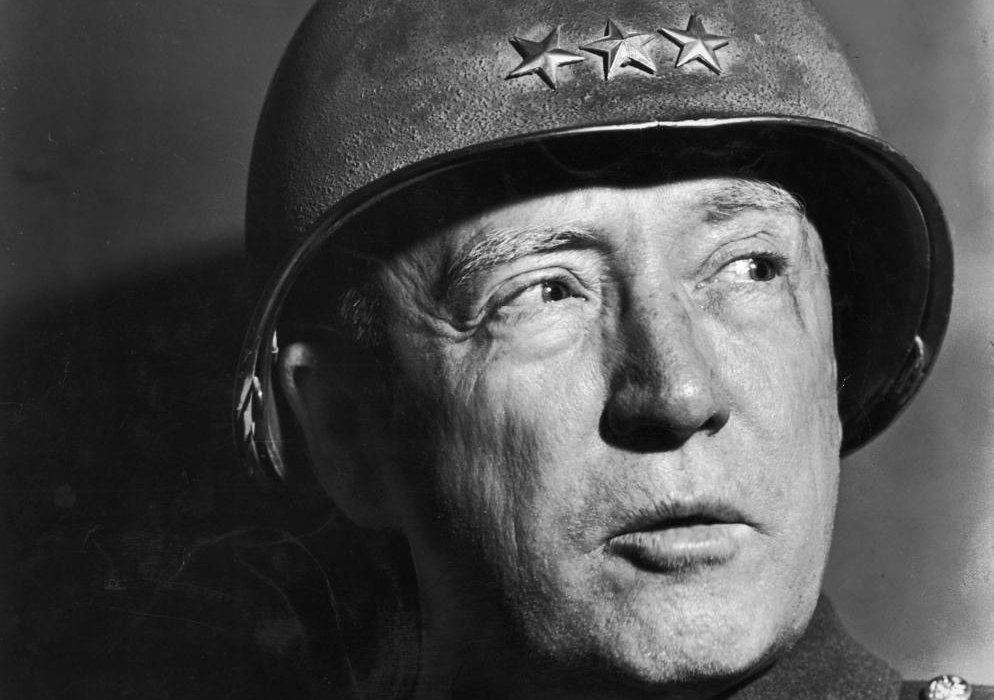 Unknown author, Wikimedia Commons
Unknown author, Wikimedia Commons

History's most fascinating stories and darkest secrets, delivered to your inbox daily.
4. He Was In Love With A Special Woman
In 1910, at age 24, George Patton married Beatrice Banning Ayer, the daughter of an industrialist. They married in Beverly Farms, Massachusetts, and went on to have three children over the next decade: Beatrice (1911), Ruth (1915), and George IV (1923). But being a father didn’t prevent him from continuing his other pursuits.
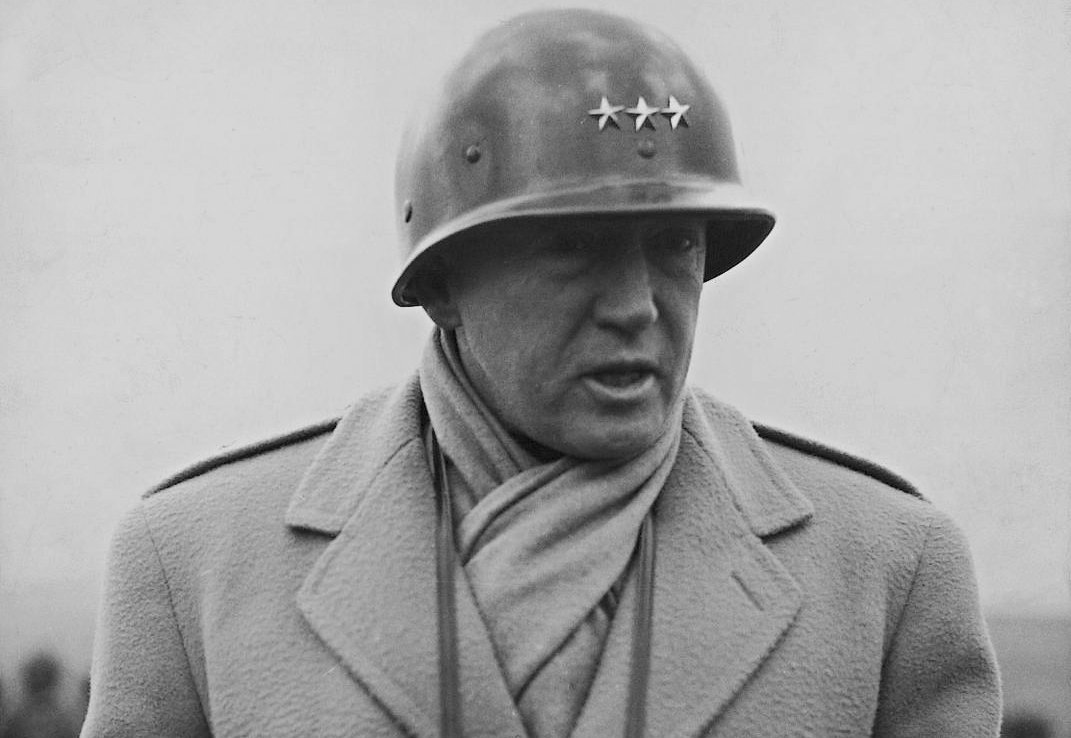 Unknown author, Wikimedia Commons
Unknown author, Wikimedia Commons
5. He Was Ambitious From The Start
By this time, Patton was rising through the ranks of the US Army. He was setting himself apart as a man with good discipline and an ability to lead others—even if he was a bit difficult. George was a dedicated man, and he consistently impressed his superiors. He even befriended the Secretary of War, Henry L Stimson, and played the role of his aide when the two attended parties together.
And that was in addition to his day-to-day roles.
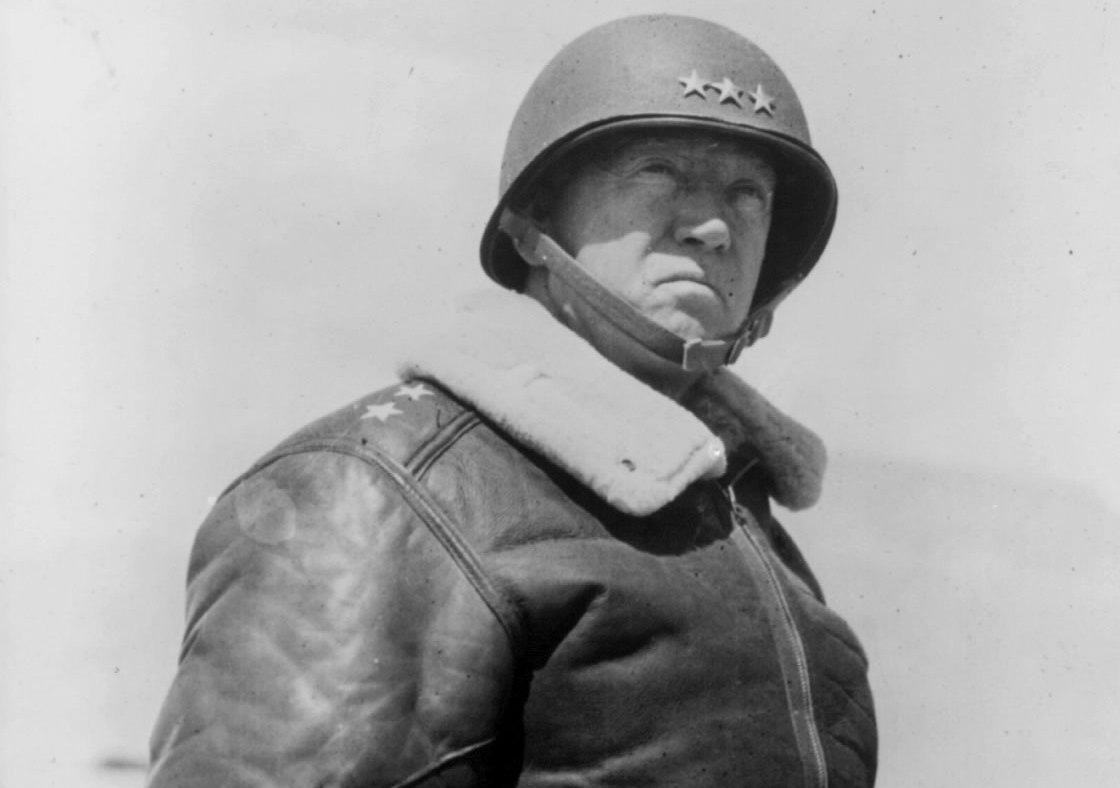 U.S. Army Signal Corps, Wikimedia Commons
U.S. Army Signal Corps, Wikimedia Commons
6. He Was An Olympian On Top Of Everything Else
To say the least, George had lofty goals—and the motivation to achieve them. His sporting success took him to new heights in 1912, when he attended the Olympics in Stockholm, Sweden. George finished fifth in the pentathlon, first among the non-Swedish competitors.
But he didn’t let this loss stop him from striving for more.
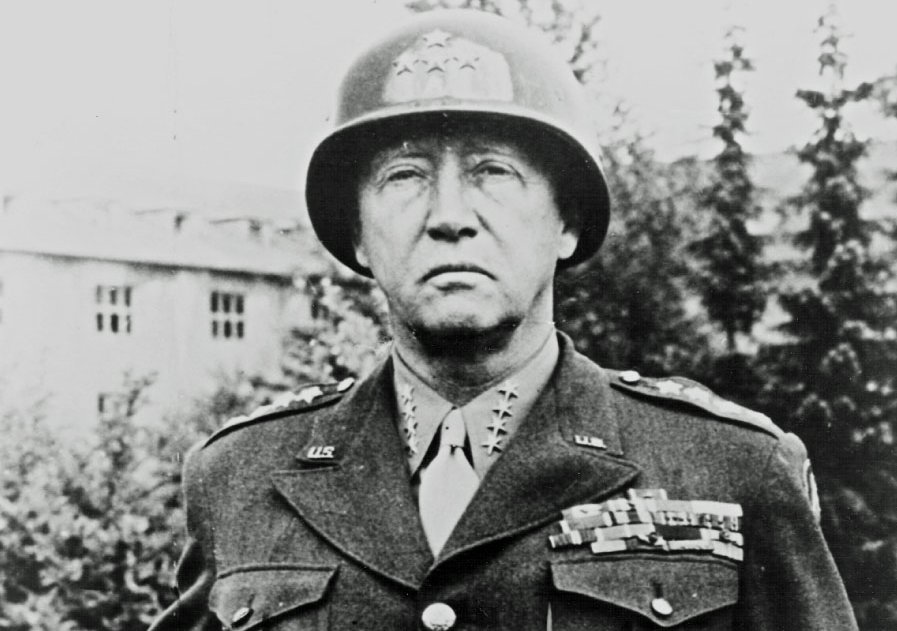 Unknown author, Wikimedia Commons
Unknown author, Wikimedia Commons
7. He Was An Avid Learner Of The Sword Arts
After the games, Patton travelled to France to study under Adjutant Charles Cléry, a master swordsman and fencer. These lessons reshaped George’s technique, turning the focus from slashing maneuvers to thrusting. He was so inspired by what he’d learned that he brought his lessons back to Fort Myer and changed the saber combat curriculum to reflect his learnings.
Patton spent so much time studying the blade that he ended up teaching it.
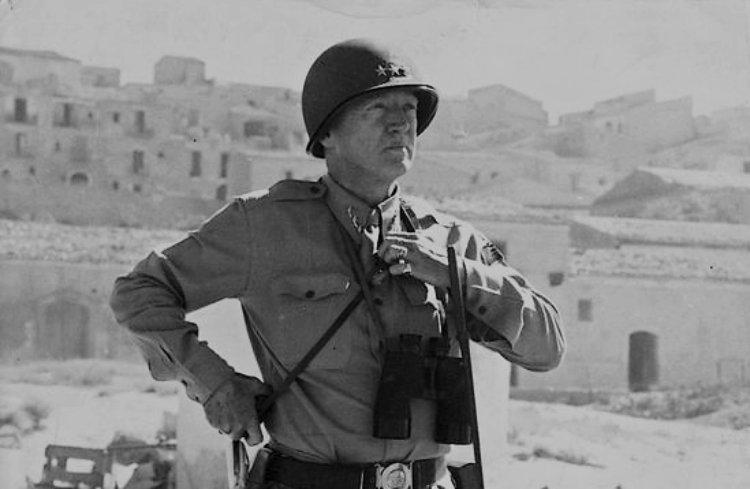 Unknown author, Wikimedia Commons
Unknown author, Wikimedia Commons
8. He Was Unmatched In Melee Combat
George transferred to the Mounted Service School in Fort Riley, Kansas. There, he was a student and instructor of fencing. He taught many superior officers in addition to other cavalry officers, and by the end of his two years there, earned the name “Master of the Sword,” the first Army officer to ever receive the title.
But two years later, the world changed. And where it was going, swords weren't going to be enough.
9. He Had Powerful People On His Side
The United States entered WWI in April 1917. Patton's friend and superior officer John J Pershing promoted him to captain and brought him to Europe to serve on his staff. But he wasn’t happy working in the infantry, and after meeting Colonel Fox Conner in a hospital, Patton both recovered from jaundice and found a new passion.
The age of the sword was ending—but the age of the tank was starting, and George Patton was going to be ready for it.
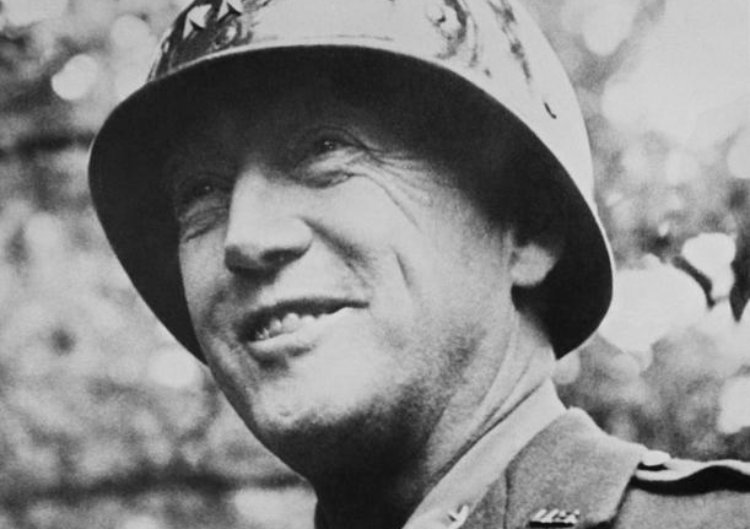 Unknown author, Wikimedia Commons
Unknown author, Wikimedia Commons

History's most fascinating stories and darkest secrets, delivered to your inbox daily.
10. He Wanted The World—And He Intended To Get It
In November 1917, George established the American Expeditionary Forces Light Tank School. He studied tanks, acquired the vehicles, and personally set up the school near Langres, France. His expertise made him ideal to lead the US 1st Provisional Tank Brigade under Colonel Samuel Rockenbach’s Tank Corps in the American First Army in 1918.
When put into combat, he gave a firm order: No one would surrender an American tank.
 National Archives and Records Administration, Wikimedia Commons
National Archives and Records Administration, Wikimedia Commons
11. He Was Tough—Not Even A Wound Could Stop Him
In September 1918, Patton was wounded during an expedition into German territory. In a report he submitted before being taken to the hospital, George related that he was shot in the leg, and the round came out a few inches below his back. Thankfully, his recovery was swift and he was able to return to duty.
His return would be short-lived, though, as hostilities had ended just before George turned 33.
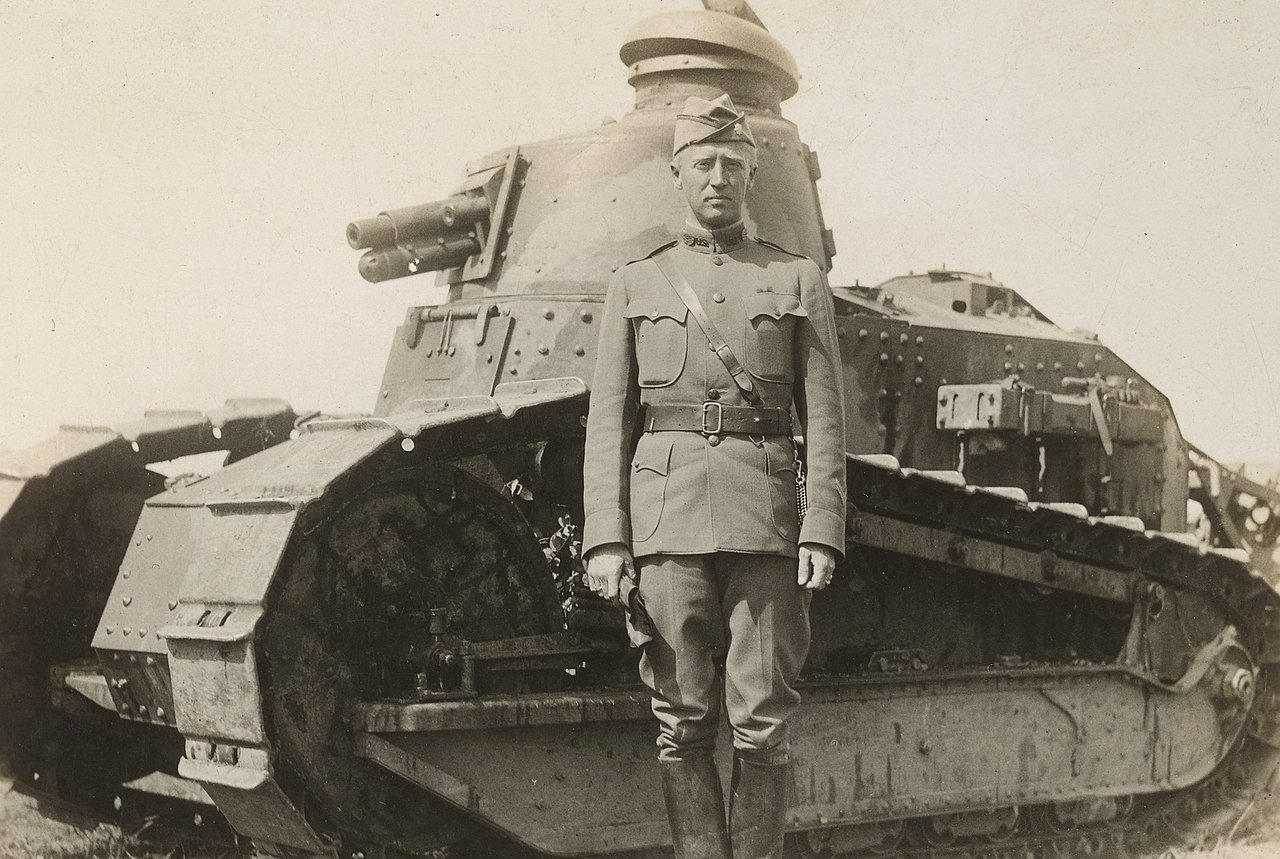 National Archives and Records Administration, Wikimedia Commons
National Archives and Records Administration, Wikimedia Commons
12. He Was Terrible At Being At Peace
In the time between conflicts, George was assigned to Hawaii as a lieutenant colonel in 1934. But he was utterly miserable at the lack of conflict. To quell his lust for combat, he turned to the bottle and lost himself utterly in what was within. But his debauchery didn’t stop there.
13. He Almost Ruined His Marriage
George had brought his family with him to Hawaii—including Jean Gordon, his 21-year-old niece by marriage. While sinking himself into substance, he also apparently engaged in a scandalous affair with the young woman. But as we’ll see later, this entanglement became far messier over time.
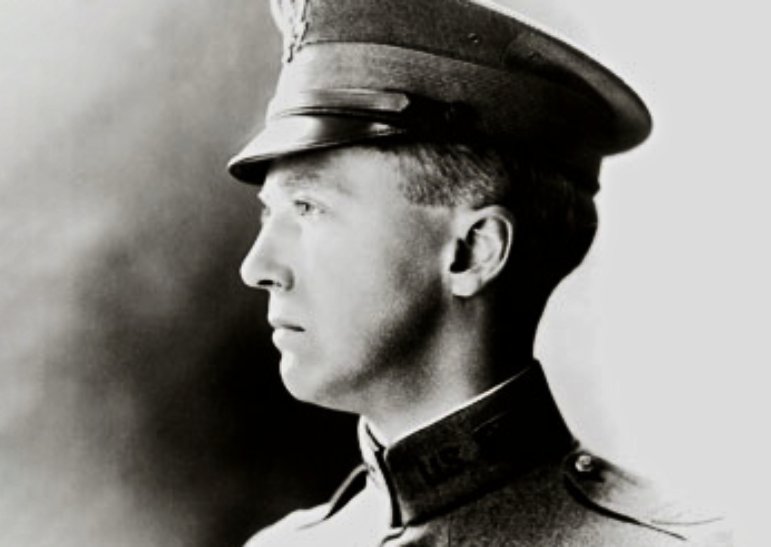 Unknown author, Wikimedia Commons
Unknown author, Wikimedia Commons
14. He Was A Powerful Cheerleader For The Armored Forces
By the time WWII began in 1939, George Patton was a colonel. As fighting got worse and worse, his goal was to bolster US power within the armored forces. He worked alongside Adna R Chaffee Jr, who helped him create the first combined arms curriculum and develop recommendations for the tank forces.
This work would earn him a lot of attention in the coming years.
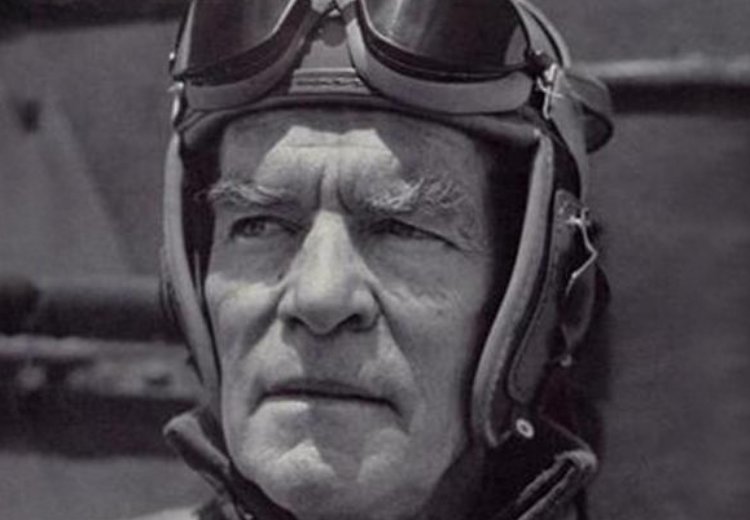 Unknown Military photographer, Wikimedia Commons
Unknown Military photographer, Wikimedia Commons
15. He Was Loyal—And He Was Rewarded For It
In quick succession, George Patton received several promotions happily. First, he became a commander, then he became brigadier general, followed by acting division commander. The Army promoted him again in 1941 to Commanding General of the 2nd Armored Division.
Finally, his enduring loyalty to Chaffee granted him the opportunity to take total control when Chaffee stepped down.
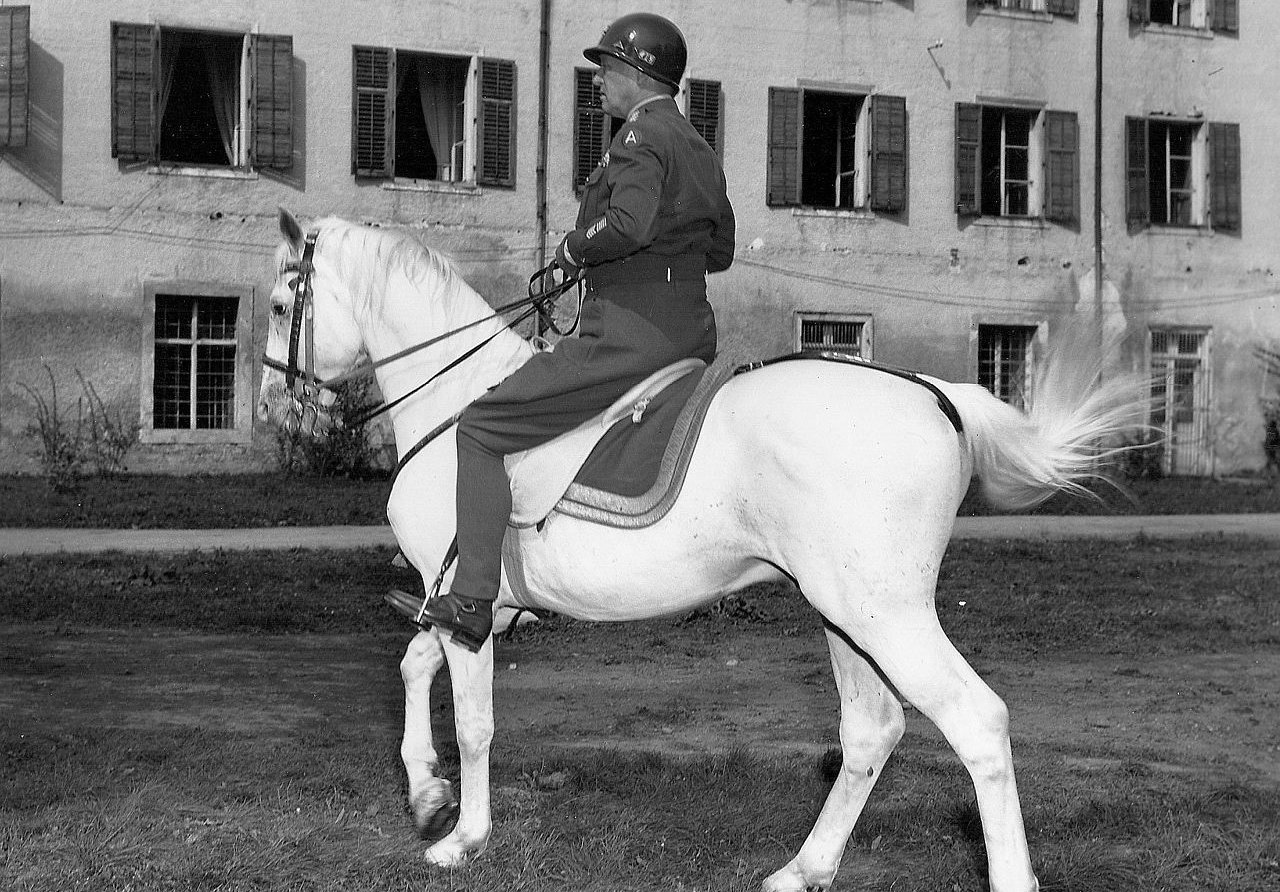 Unknown author, Wikimedia Commons
Unknown author, Wikimedia Commons

History's most fascinating stories and darkest secrets, delivered to your inbox daily.
16. He Set A New Standard
George had reached a high rank to temporarily satisfy his ambitions. By 1940, he was the world's most knowledgeable and important figure in armored combat doctrine. With that, he orchestrated large-scale exercises for tanks and vehicles, which drove a round trip from Columbus, Georgia to Panama City, Florida.
When this was successful, he did it again, this time with even more vehicles.
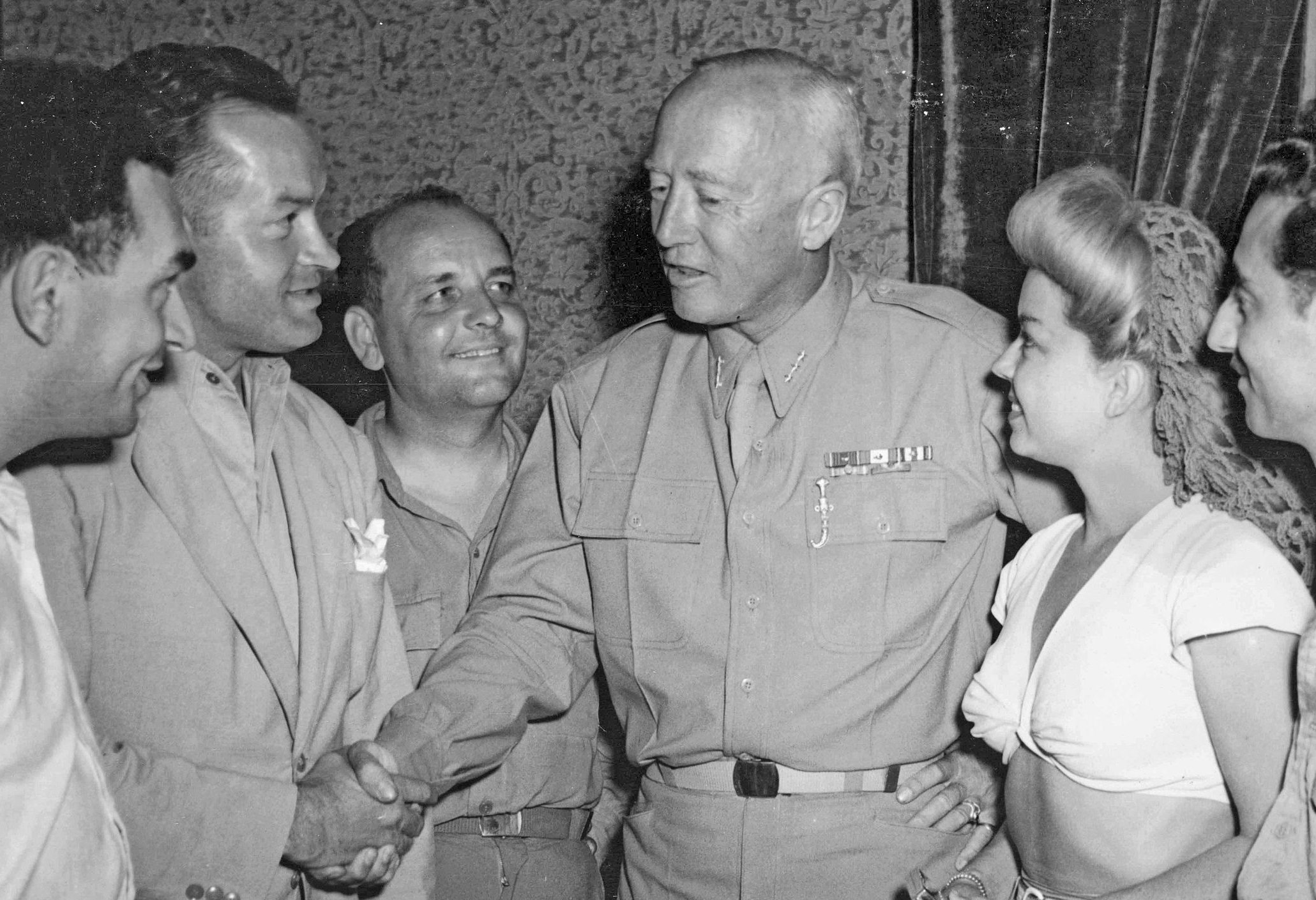 George S. Patton, Wikimedia Commons
George S. Patton, Wikimedia Commons
17. He Was A Force To Be Reckoned With
George S. Patton was so capable at his job that he embarrassed a fellow senior officer during one of their practice maneuvers in 1941. The opposing officer was only saved by a technicality ruled by the overseers of the exercise, but not before the other officer’s reputation took a big hit.
George’s ego was a well-known issue for him—and this theme endured throughout his career.
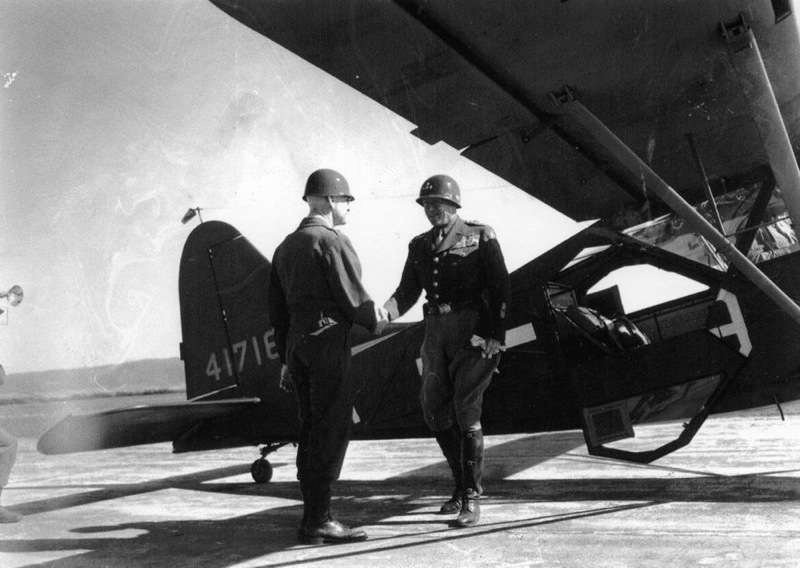 Unknown author, Wikimedia Commons
Unknown author, Wikimedia Commons
18. He Was Well-Traveled During Times Of Conflict
Soon after the US entered WWII, George participated in Operation Torch, an Allied invasion of Vichy French-controlled territory in North Africa. He commanded 33,000 men and 100 ships. His ability to strategize allowed his forces to dominate the opposition before forcing the French commander to sign an armistice.
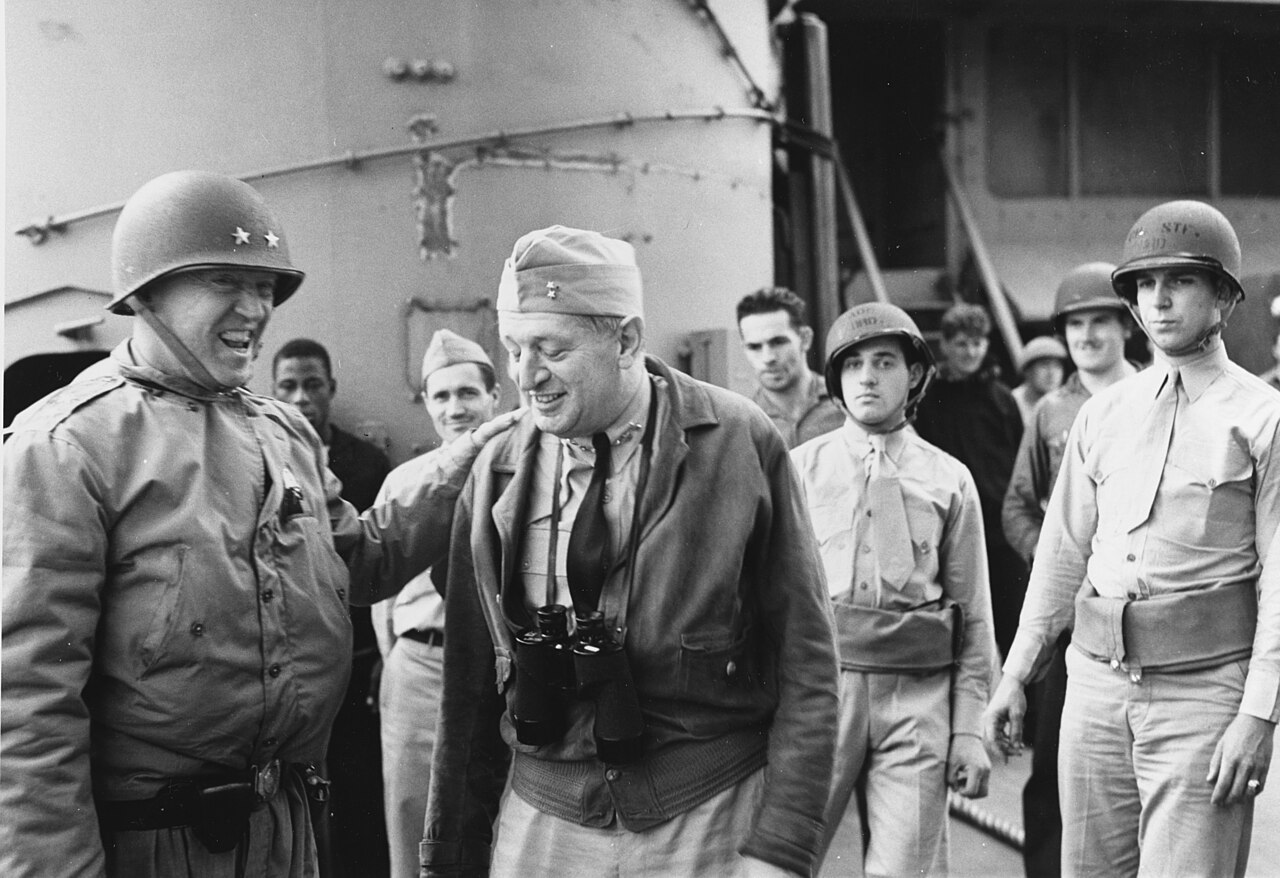 Naval History & Heritage Command, Wikimedia Commons
Naval History & Heritage Command, Wikimedia Commons
19. He Was Flooded With Praise Once Again
After his initial victory, Patton managed to establish a naval port in the area—but his endeavors didn’t stop there. The Army chose him to take over as Commanding General of the II Corps and made sweeping changes to their conduct.
The Sultan of Morocco was so impressed by what Patton accomplished that he bestowed upon him the Order Of Ouissam Alaouite for his competent takeover. But this was George Patton in his prime, and he was just getting started.
 U.S. National Archives, Wikimedia Commons
U.S. National Archives, Wikimedia Commons
20. He Was A Stickler For Order And Cleanliness
Patton's ironclad mandates made all the difference for his subordinate officers, and he reshaped them into effective servicemen in his image: clean, tidy, and dedicated. With these disciplined men under his command, Patton was able to make a significant difference in the Allies’ pursuits in North Africa.
But as Patton made a name for himself, the Allies decided they needed him elsewhere.
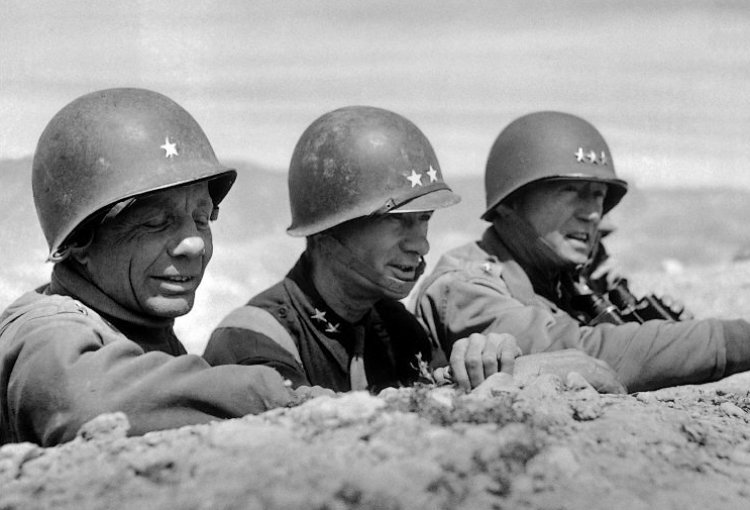 Robert Capa, Wikimedia Commons
Robert Capa, Wikimedia Commons
21. He Was Vital To US Endeavors In Italy
After seeing action in North Africa, Patton's superiors reassigned him to Operation Husky in Sicily. He was assigned a division of 90,000, and while they faced brutal weather conditions, he and his fellow infantry divisions were able to achieve their goal.
But this didn’t satisfy Patton; he had his eyes set on a bigger fish.
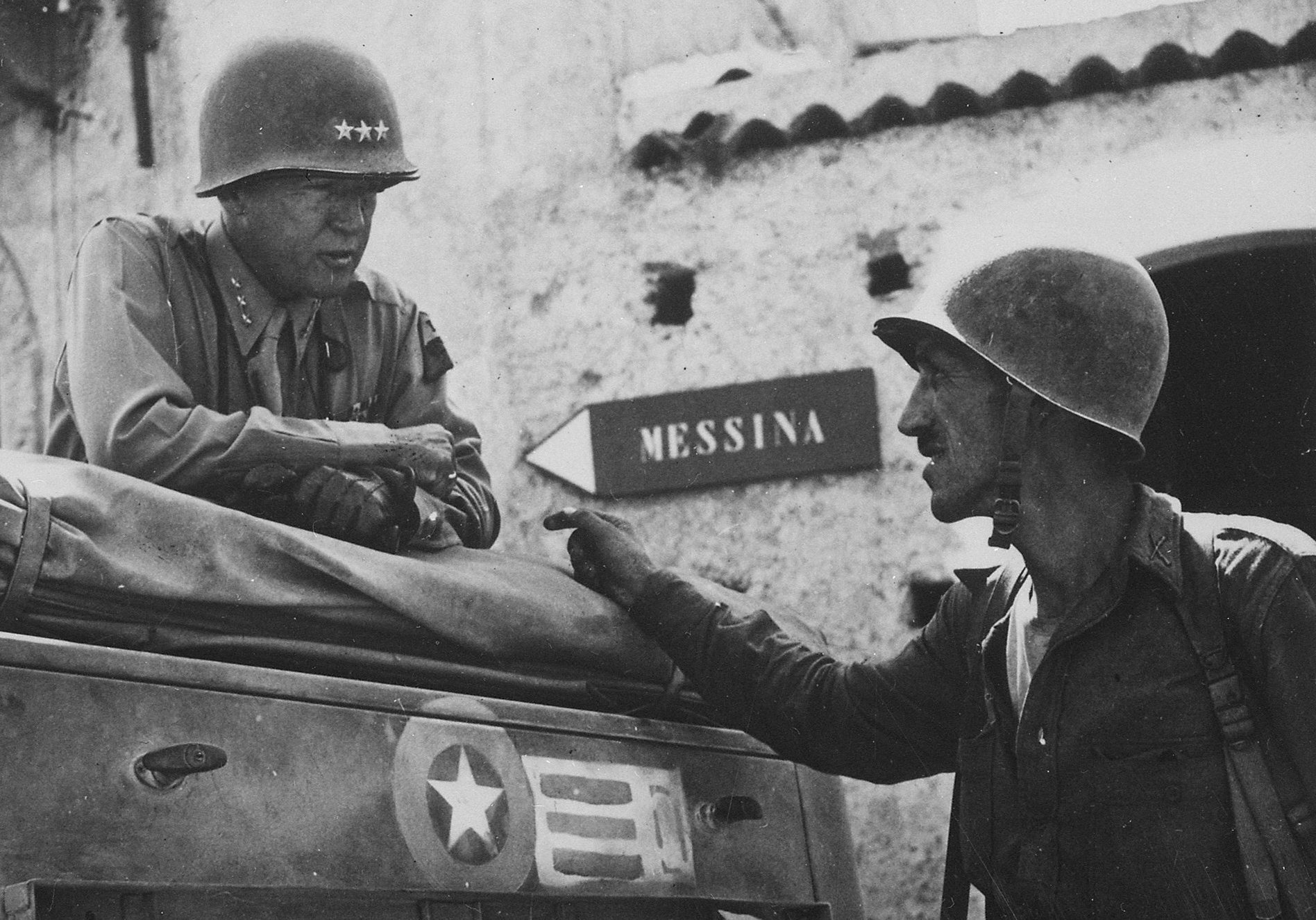 Unknown author, Wikimedia Commons
Unknown author, Wikimedia Commons

History's most fascinating stories and darkest secrets, delivered to your inbox daily.
22. He Was Prone To Questioning Authority—Sometimes Ignoring It Entirely
George’s ambitions landed him in hot water at several points during the Sicily campaign. He often disagreed with Terry de la Mesa Allen Sr and Theodore Roosevelt Jr, and even “lost” a message intended to limit his actions until he’d already followed through on them.
He also once shot an Italian civilian's two mules when they hindered his men's progress across a bridge. When the owner confronted him, Patton attacked him with a stick.
 Unknown author, Wikimedia Commons
Unknown author, Wikimedia Commons
23. He Was Indirectly Involved In A Horrible Act Of Destructiveness
In July 1943, Patton's men slaughtered 71 Italian and 2 German POWs without cause. How did Patton react? He helped the men cover up their mistake to avoid any bad press. The incident eventually came out, but Patton faced no blame for being complicit in the incident.
 Lieutenant Brin, Wikimedia Commons
Lieutenant Brin, Wikimedia Commons
24. He Had A Punishing Streak To His Governance
During the Sicily campaign, two of the men under Patton, Private Charles H Kuhl and Private Paul G Bennett, began suffering from “battle fatigue”—something we now call PTSD. How did Patton respond? He slapped them across the face, called them cowards, and commanded them to return to the front line. He even threatened one of them with execution.
He also ordered punishment for anyone else suffering from "battle fatigue".
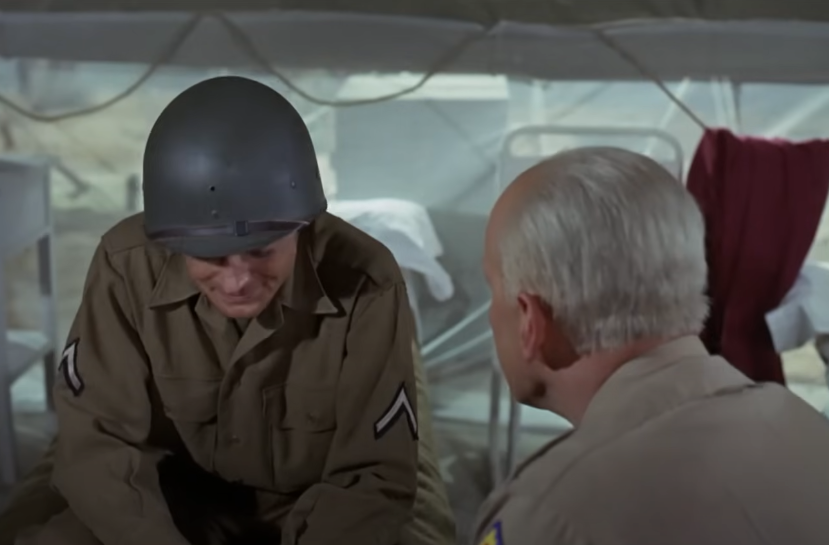 Twentieth Century, Patton (1970)
Twentieth Century, Patton (1970)
25. He Was Reprimanded But It Didn’t Change Who He Was
Patton couldn't get away with his behavior forever. Dwight D Eisenhower punished the general for his actions, and he had to make both private and public apologies. Afterward, the Army refused him a command in the field for almost a year. Furthermore, Eisenhower thought Patton was too impulsive and made too many mistakes.
They had to do something about him, or risk the entire war effort.
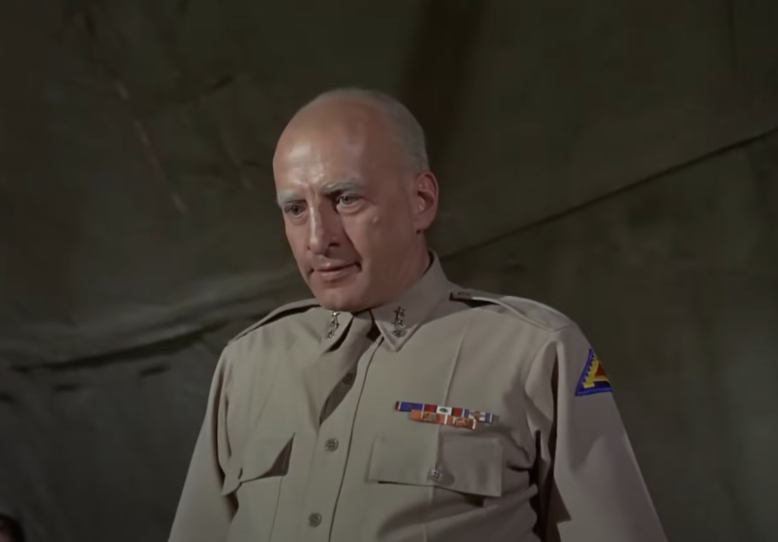 Twentieth Century, Patton (1970)
Twentieth Century, Patton (1970)
26. He Was Benched During An Important Invasion
Despite his victories, Patton's superiors reassigned him to the Third Army in England, where he was to train new and inexperienced officers in combat techniques. But that wasn't the only reason he was there. The Germans feared Patton more than any Allied general, so they assumed he was preparing their main invasion force.
With the Germans focused on Patton, they were distracted from the true invasion force preparing to land at Normandy on D-Day.
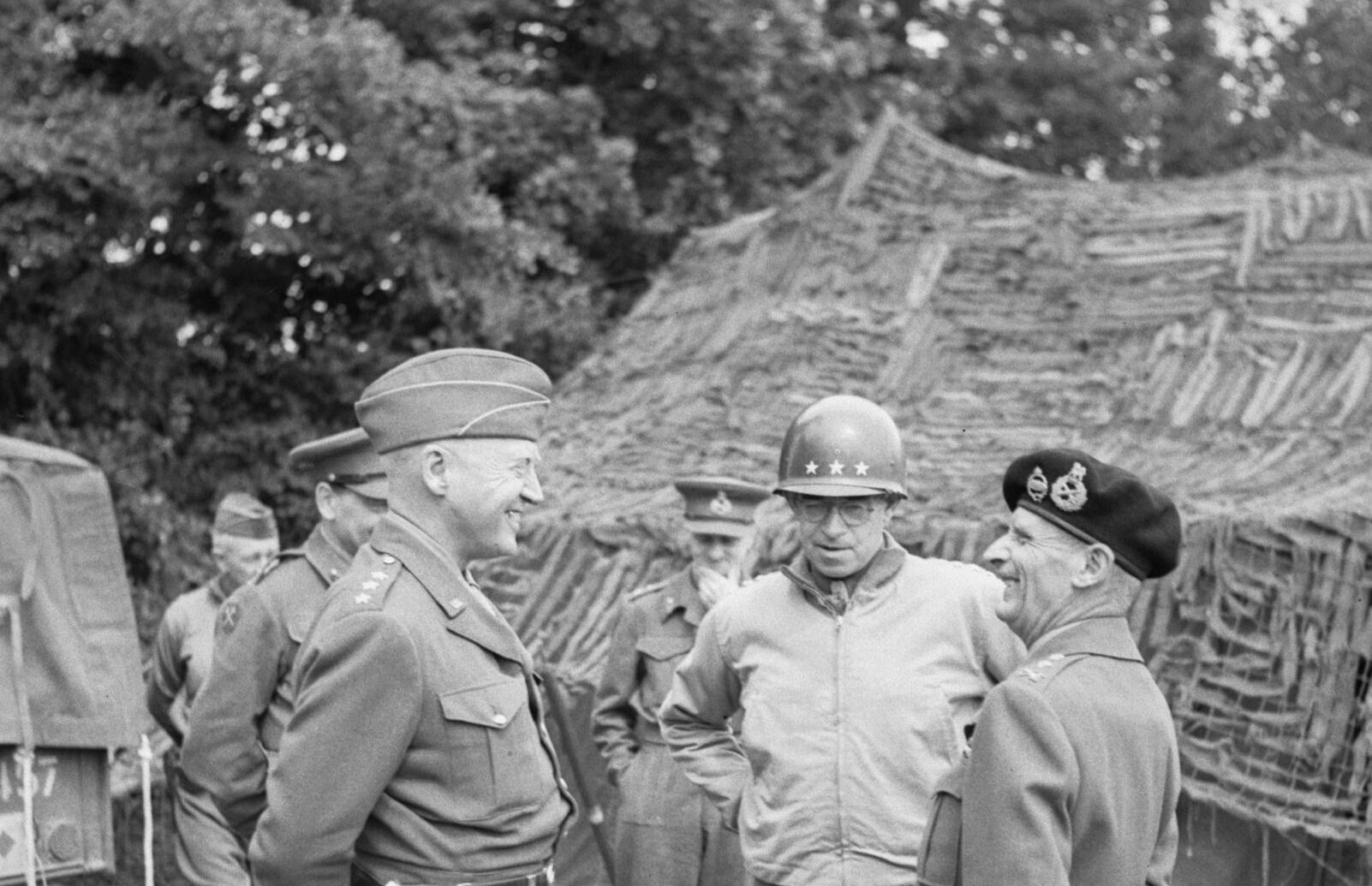 No 5 Army Film & Photographic Unit, Wikimedia Commons
No 5 Army Film & Photographic Unit, Wikimedia Commons
27. He Was Allowed Back On The Front Lines—And He Took Advantage Of This
Patton had to miss D-Day, but soon after, the Allies brought in his Third Army to aid with the invasion of Normandy. They coordinated a plan with the other corps, and under Patton's command, the Third Army was able to make significant progress. His tactics focused on speed and aggression, relying on advanced air support and recon.
Patton's logistical abilities kept the Third Army exceptionally well informed—but their general's narcissistic ego began to take its toll.

History's most fascinating stories and darkest secrets, delivered to your inbox daily.
28. He Was Determined, Sometimes To His Detriment
Patton and his Third Army took on huge challenges in combat. While they mostly succeeded, other commanders often questioned his actions—including his enemies. Though initially impressed by Patton, one German officer was left baffled by Patton's campaign in Lorraine, which produced heavy casualties for little benefit.
Patton was so focused on completing his plan that he didn’t consider the toll it would take. When he took Lorraine in September through November of 1944, his actions had a body count.
29. He Wouldn’t Admit To This Mistake
The Third Army accrued over 50,000 fatalities, one-third of their total number. George’s plan demanded so many resources that it almost wasn’t worth it to take Lorraine in the first place. Historian Carlo D’Este remarked that the Lorraine campaign was Patton's biggest failure, even though he was technically successful.
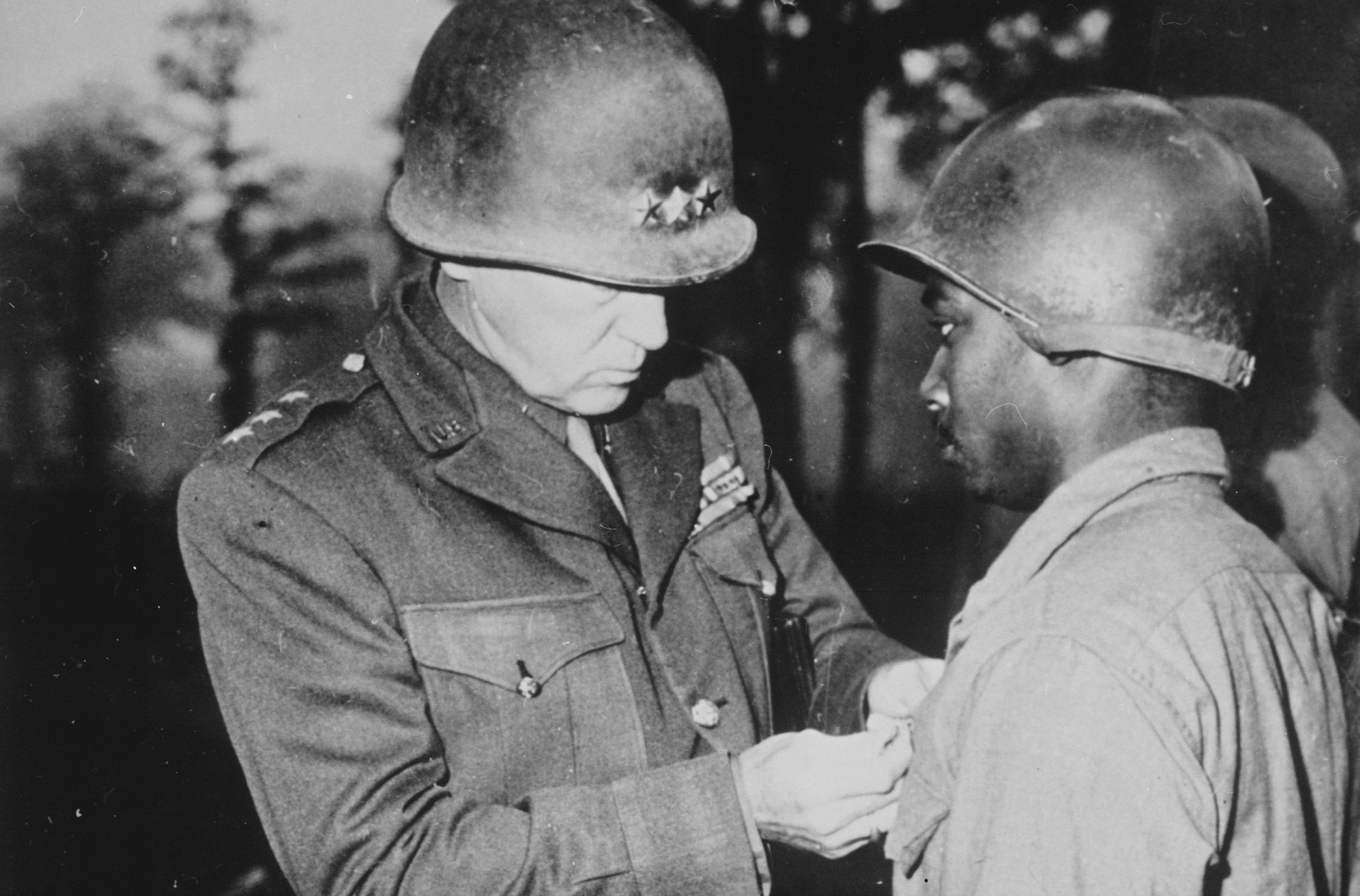 National Archives at College Park, Wikimedia Commons
National Archives at College Park, Wikimedia Commons
30. He Was A Thorough Strategist
George’s biggest tactical endeavor occurred at the Battle of the Bulge, but before he could get there, he had to disengage the Third Army from combat in Germany. Luckily, when the Allies decided to go all-in at the last-ditch effort of the Battle of the Bulge, Patton had already set up three contingency plans to make sure he could get there in time.
After the meeting closed, he called the Third Army and only needed to say two words to initiate the immediate mobilization of six divisions and over 133,000 vehicles: “Play ball”.
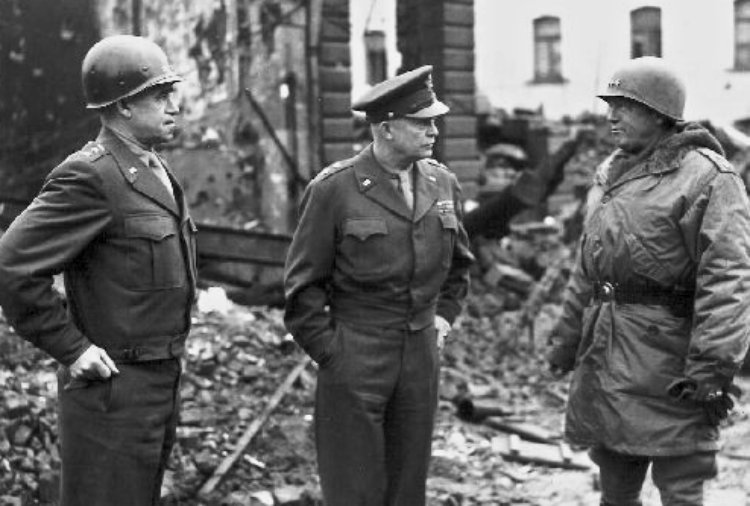 National Archives., Wikimedia Commons
National Archives., Wikimedia Commons
31. He Was Able To Play The Hero Once More
George’s command made it to Bastogne at exactly the right time. They permitted relief and supplies to reach the Allied forces trapped in combat. Patton lauded his own ability to maneuver six divisions from one line of combat to another, in mid-winter no less. He even went so far as to claim his aid at Bastogne was “the outstanding achievement of the war”.
But the campaign wasn’t over yet.
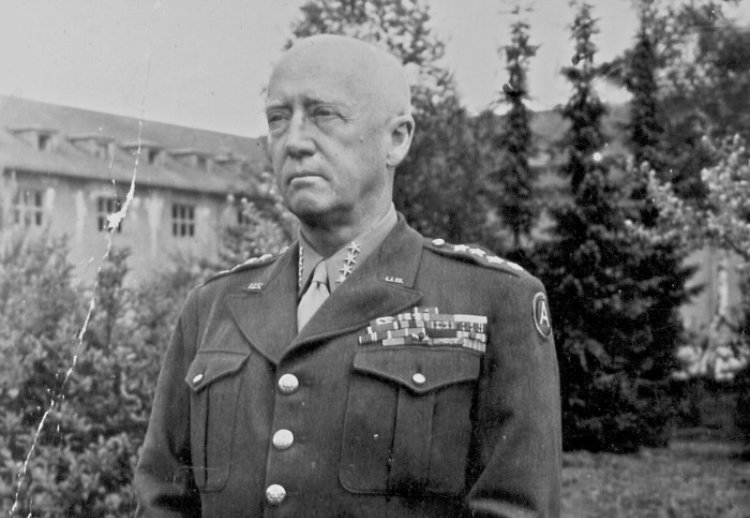 Unknown author, Wikimedia Commons
Unknown author, Wikimedia Commons
32. He Had To Fight For What He Thought He Deserved
After the events of the Bulge, Patton and the Allies wanted to keep Germany on the retreat. But when he proposed a plan of action, the Army neglected the Third Army and their supplies were heavily restricted. But Patton wouldn't take that sitting down. He had his men pretend they were the First Army to reappropriate thousands of gallons of gasoline to fuel his tanks.
Despite being underfunded, Patton's men were still able to make a huge foray into German territory, basically eradicating the First and Seventh German armies.
 Office of War Information, Wikimedia Commons
Office of War Information, Wikimedia Commons
33. He Wielded His Men Like A Blade
During the march into Germany, Patton's superiors commanded him to ignore the town of Trier, as it would require at least twice the army to seize. His superiors didn’t think he could do it with the resources he had. Patton's reply is undeniably legendary: “Have taken Trier with two divisions. Do you want me to give it back?”
At this point, it was pretty hard to argue with him.
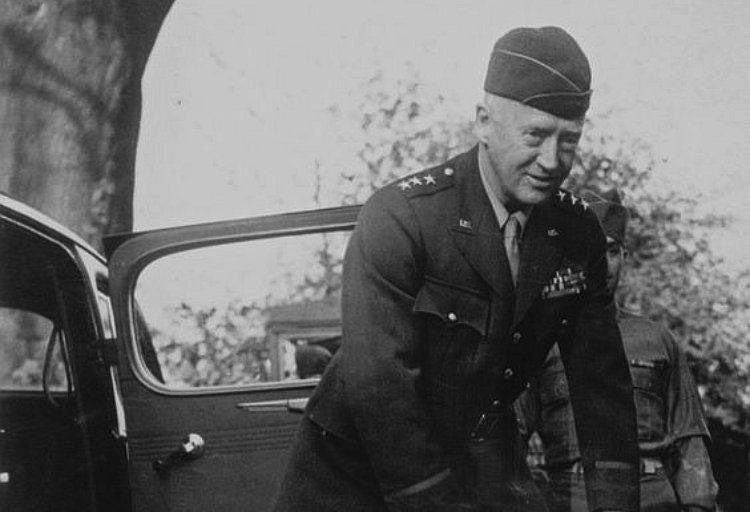 Unknown author, Wikimedia Commons
Unknown author, Wikimedia Commons

History's most fascinating stories and darkest secrets, delivered to your inbox daily.
34. He Was Keen To Make Another Big Move
As Patton continued eating up German territory with the Third Army, he set up a heroic plan to save some prisoners from a POW camp near Hammelburg. It turns out, he had a special connection to this camp: One of the POWs inside was his son-in-law.
Patton sent a task force to retrieve him and the others from behind German lines. But while his intentions were good, the extraction didn’t go according to plan.
35. He Made A Massive Blunder
The raid on the camp holding the prisoners went terribly. They lost 57 vehicles, and of the 314 men he sent, only 35 returned. Even George admitted that it went poorly, and he’d made a bad decision on the course of action. The right way to have gone about it, he later said, was to send a force three times larger.
Unfortunately, the loss of life in the Third Army continued along with the last days of WWII.
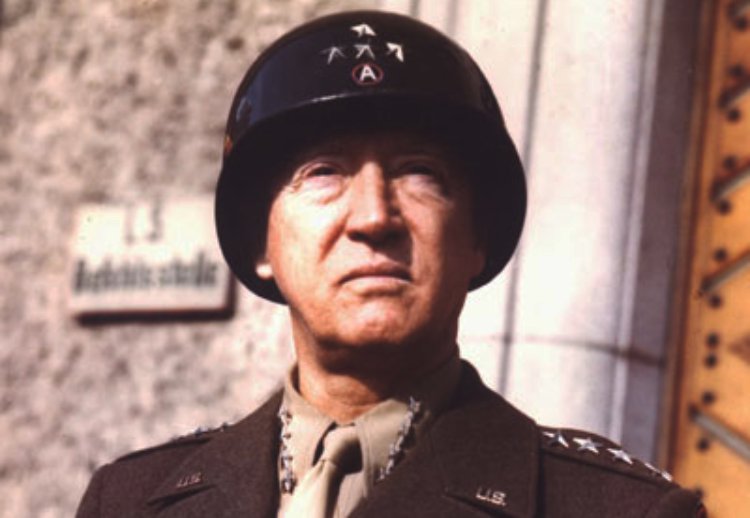 Unknown author, Wikimedia Commons
Unknown author, Wikimedia Commons
36. He Was A Successful Conflict-Era General
Despite Patton's troubles, the Third Army was still one of the Allied Forces' most successful units. They were in constant action for 281 days and seized 32,763 square miles of German-occupied land. Patton had a lot to be proud of by the time WWII came to an end in August 1944.
But everything was over, so what was he to do now?
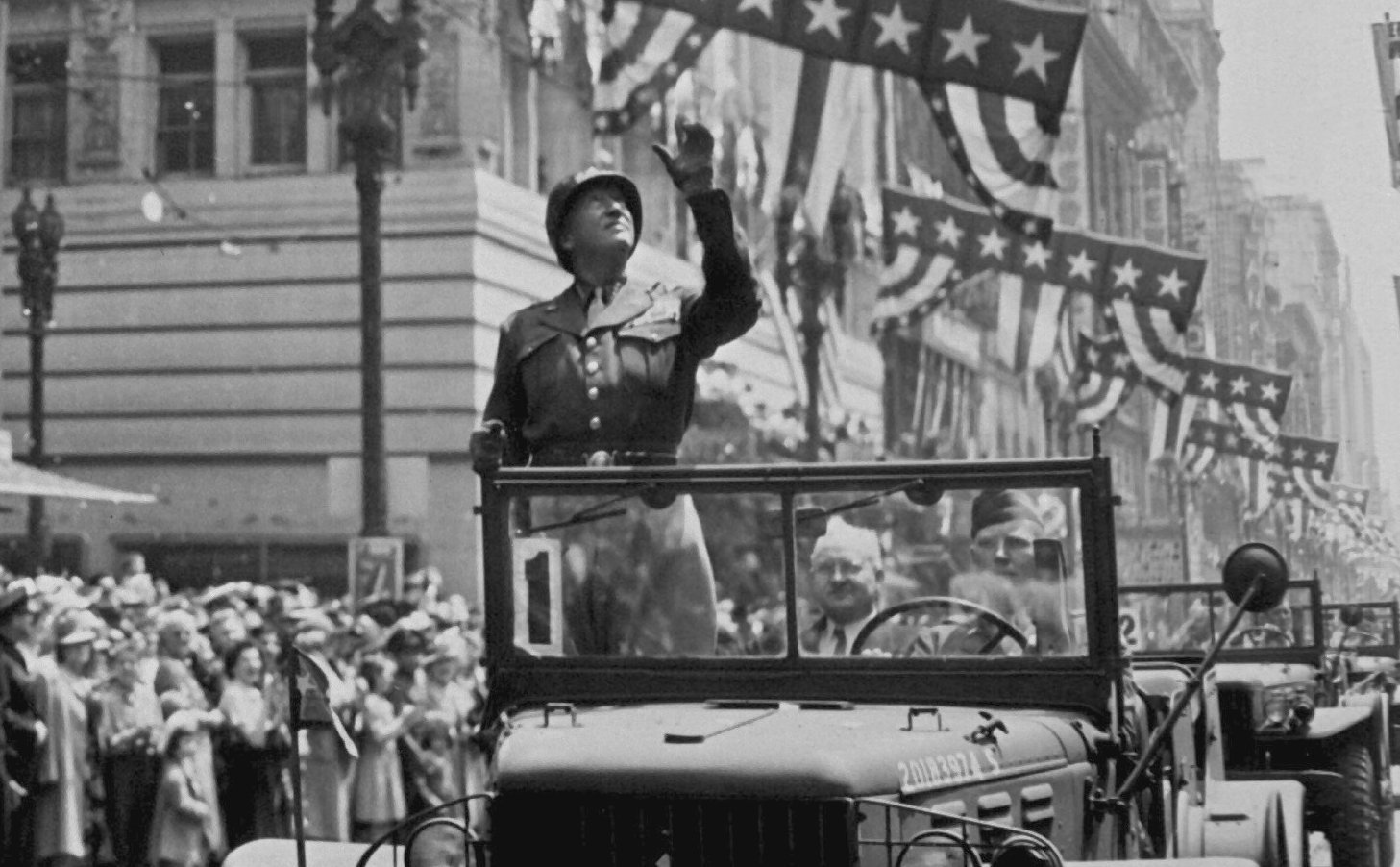 Office of War Information, Wikimedia Commons
Office of War Information, Wikimedia Commons
37. He Was Forced To Take Time Off Post-WWII
In the year following VE Day, George had time to rest after almost a year traveling across Germany with his men. After traveling to Paris and London, he finally returned to Bedford, Massachusetts, where droves of people greeted him. Afterward, he went to Hatch Memorial Shell, where he spoke to around 20,000 audience members.
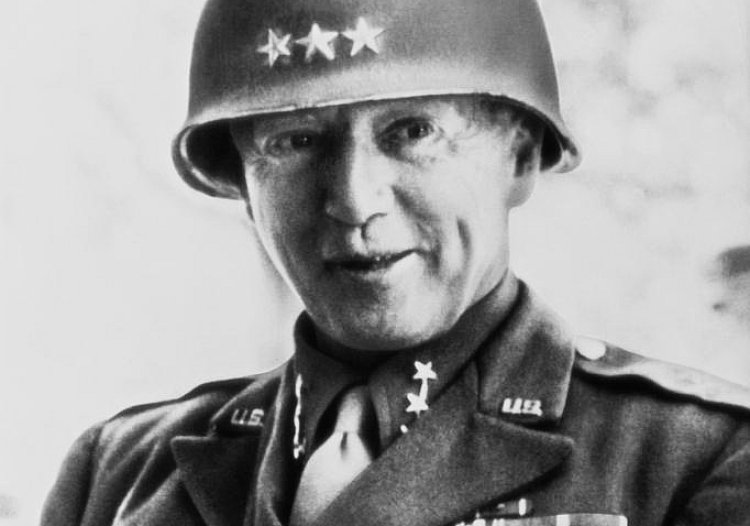 Unknown author, Wikimedia Commons
Unknown author, Wikimedia Commons
38. He Was Controversial To His Own Men
The audience that day included around 400 Third Army veterans who sustained injuries. But while George’s speech could have been inspirational and sympathetic to his fellow officers, it instead attracted controversy. He made comments about those men who were KIA, claiming they were “frequently a fool” and stated that the real heroes were the wounded.
Patton was clearly not cut out for the civilian world. He felt his grasp on the world slipping—until one final stroke of luck found him.
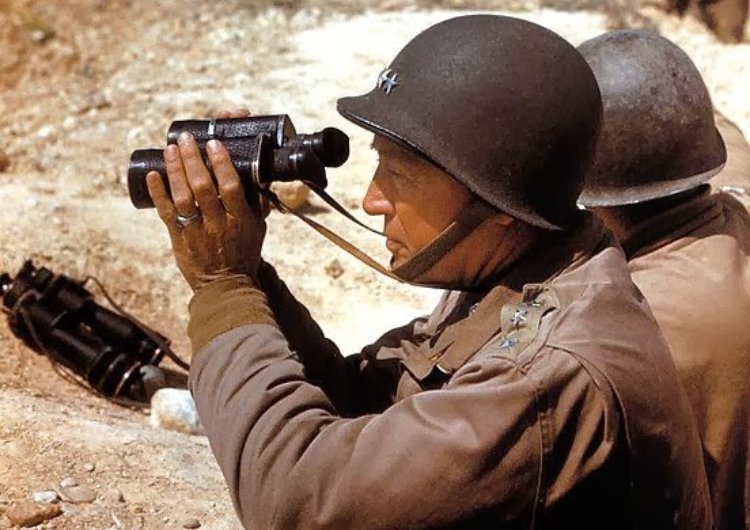 Unknown author, Wikimedia Commons
Unknown author, Wikimedia Commons
39. He Lost His Purpose
Patton participated alongside the Third Army in the denazification of Bavaria. While he was there, he made troubling comments about his respect for the Third Reich. He later wrote, “Yet another war has come to an end, and with it my usefulness to the world”.
As everything came to a satisfying close for some, for Patton, it was the end of everything he knew and craved.
 Unknown author, Wikimedia Commons
Unknown author, Wikimedia Commons

History's most fascinating stories and darkest secrets, delivered to your inbox daily.
40. He Made More Troubling Statements
In the end, Patton was deeply depressed by the end of WWII. As he spent more time in relative peace, he grew more restless and made horrific comments about the Jewish people he was meant to help. His actions in Bavaria often ran against what his superiors intended him to do.
Even though he stood by the Allies, his privileged and conflict-oriented beliefs still shone through in the absence of combat.
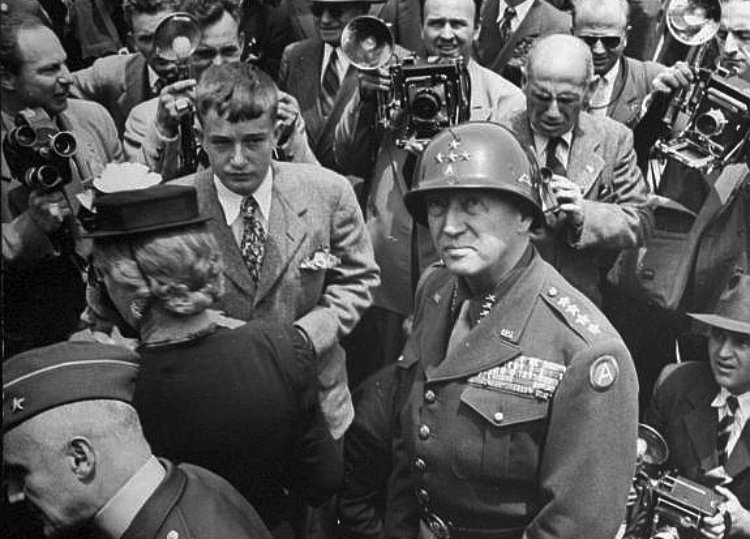 Unknown author, Wikimedia Commons
Unknown author, Wikimedia Commons
41. He Was Lost Without Conflict To Guide Him
In 1945, George’s mood was dismal without the active conflict keeping his attention. To help distract him from his woes, his chief of staff, Major General Hobart Gay, brought him along on a hunting trip in December. They sought out pheasants in Speyer, Germany.
While they were driving, they faced the consequences of the devastation all around them.
42. He Was Forced To See What He’d Done
Patton looked at abandoned, rotting cars by the roadside. Hobart Gay said, “How awful war is. Think of the waste”. They planned to continue on their journey, but then, a US Army truck suddenly hit their 1938 Cadillac limousine.
43. He Was Felled By A Surprising Incident
While Patton's compatriots remained mostly unharmed, George himself endured a cut across his head, difficulty breathing, a compression fracture, and the dislocation of two of the vertebrae in his neck. Patton was miserable before—but he was about to learn what rock bottom really felt like.
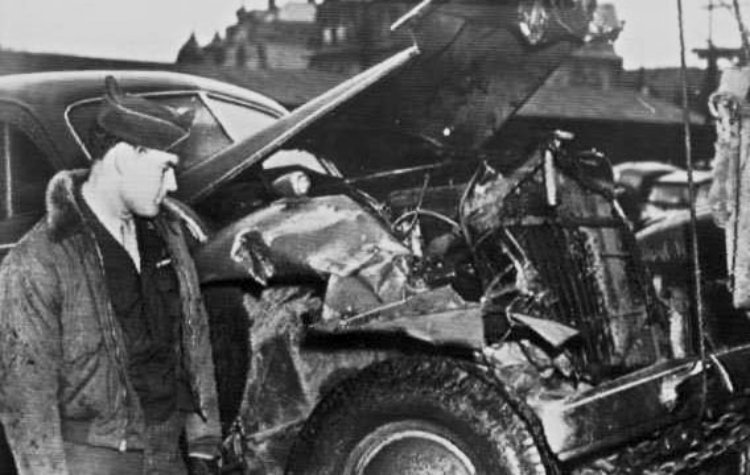 Unknown author, Wikimedia Commons
Unknown author, Wikimedia Commons
44. He Was Irreparably Broken
Patton's intense injuries left him paralyzed from the neck down. The once virile general was stuck in the hospital while he recovered, in spinal traction intended to help his back heal. But that wasn’t in the cards for him. The doctors told him that he would never resume a normal life, let alone participate in activities he loved.
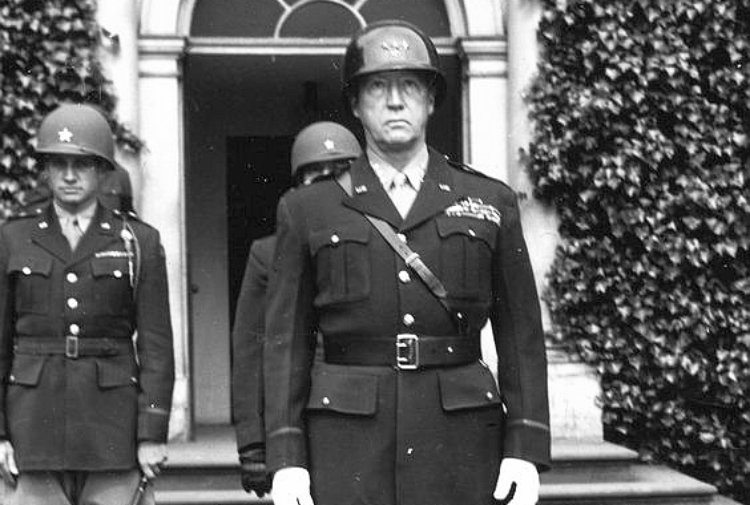 Unknown author, Wikimedia Commons
Unknown author, Wikimedia Commons
45. He Was Terrified By Death
Patton's diagnosis horrified him. After standing so tall for so many decades, a car accident had finally felled him. While in hospital, his wife Beatrice was the only layman permitted to visit him. With no chance of his life going back to normal, he said, “This is a hell of a way to die”.
 Unknown author, Wikimedia Commons
Unknown author, Wikimedia Commons

History's most fascinating stories and darkest secrets, delivered to your inbox daily.
46. He Wasn’t Able To Win This Battle
George S Patton spent his whole life combatting real opponents—ones he could see. It was a different sort of clash going up against the invisible adversary of his injuries. A pulmonary edema and congestive heart failure came over him late at night on December 21, 1945, at the age of 60.
47. He Was A Complex And Nuanced Individual, And His Memory Reflects That
Patton was buried in Luxembourg City alongside other casualties from the Third Army, according to his request. The legacy he left is wildly flawed. While he was often a remarkable general, he suffered from severe flaws that cost him—and those close to him—time and time again.
General George Patton lives on in history and in the many adaptations of his life in films and documentaries, most-famously portrayed by George C. Scott in Patton.
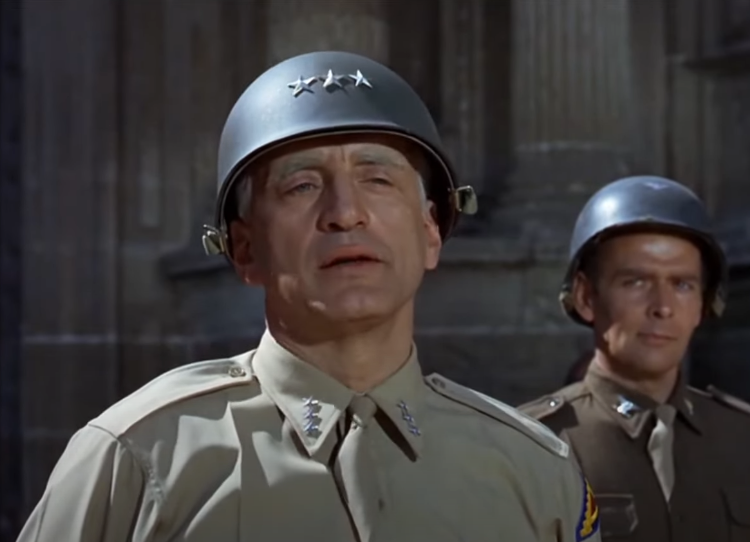 Twentieth Century, Patton (1970)
Twentieth Century, Patton (1970)
48. He Was Unable To Stop Himself From Making The Same Mistakes
Years after their initial tryst in Hawaii, Patton continued to see Jean Gordon, his niece (by marriage): first in London in 1944, and again in Bavaria the following year. Even worse, Patton was incredibly vocal about his conquests with the younger woman, and his whole family apparently knew about it.
But that doesn't mean he wasn't scared to go back home to face his wife.
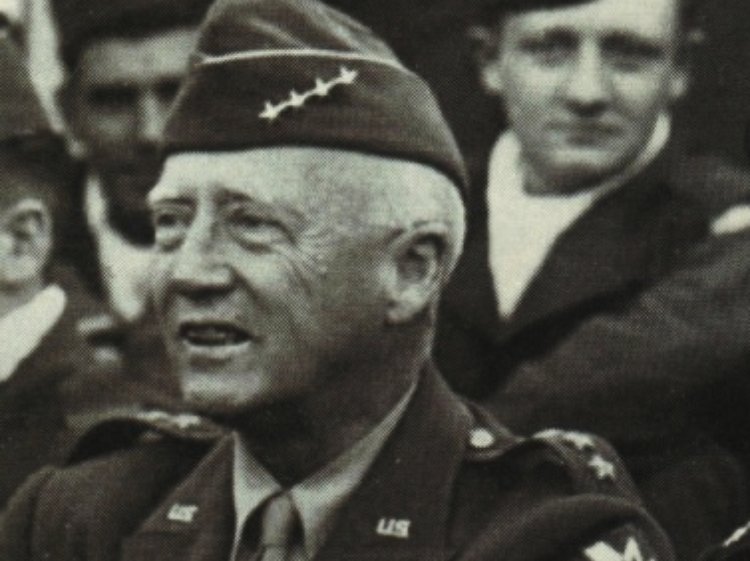 Unknown author, Wikimedia Commons
Unknown author, Wikimedia Commons
49. He Begged For Forgiveness
Because George wasn’t quiet about their involvement, his relationship with his wife became fraught. In fact, when she found out that he was still cavorting around with his own nieces, she decided to leave him. He had to beg for forgiveness, something he didn’t do lightly in any circumstance.
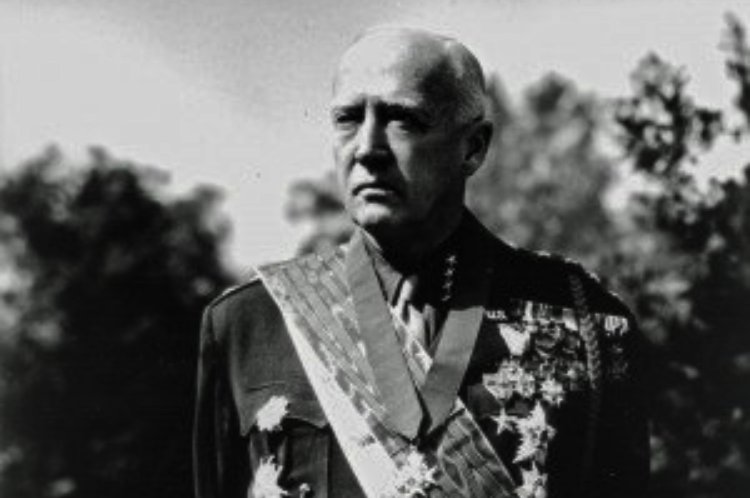 Unknown author, Wikimedia Commons
Unknown author, Wikimedia Commons
50. His Daughter Revealed More About The Nature Of His Affair
Patton's daughter Ruth Ellen denied the romance allegations while she was alive, but posthumously, her writings revealed that the family was well aware of the relationship and considered George and Jean’s entanglement a romantic one.
Ruth even believed that their relationship began as far back as 1934, which means the affair lasted 12 years.
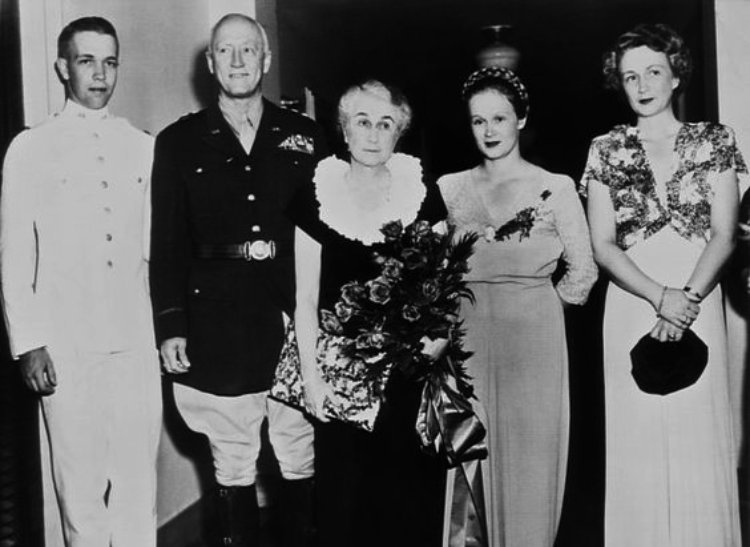 Unknown author, Wikimedia Commons
Unknown author, Wikimedia Commons
51. He Left His Lover In Emotional Turmoil
Jean Gordon returned to the US not long after Patton succumbed to his injuries. She was utterly devastated, despite believing he was in a better place. In January of 1946, she was found in her friend’s apartment, asphyxiated by the gas stove she had left on.
Some chalk this up to being “grief-stricken” by her recent loss, but others propose she was suffering from the aftereffects of WWII. Regardless, Patton's impact on her life cannot be understated.
You May Also Like:
Explorer Robert Scott’s Diaries Reveal His Tragic Fate
Bea Arthur Was TV’s Queen Of Controversy
What Really Happened To Patty Hearst?
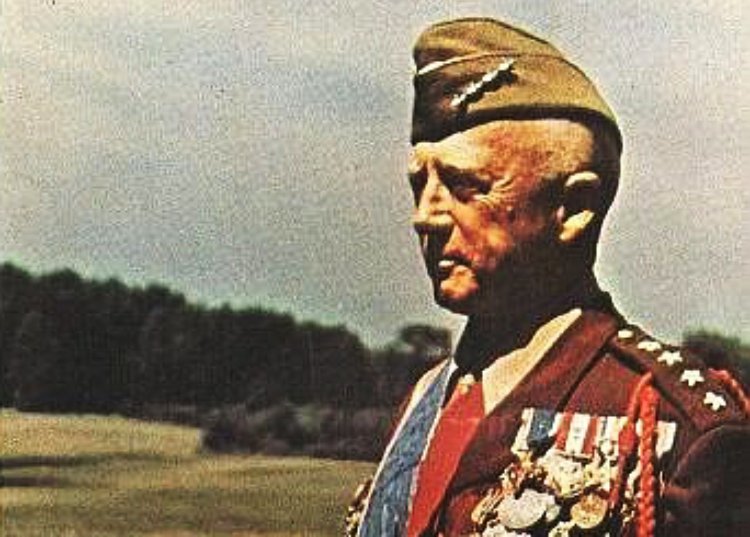 Unknown author, Wikimedia Commons
Unknown author, Wikimedia Commons


